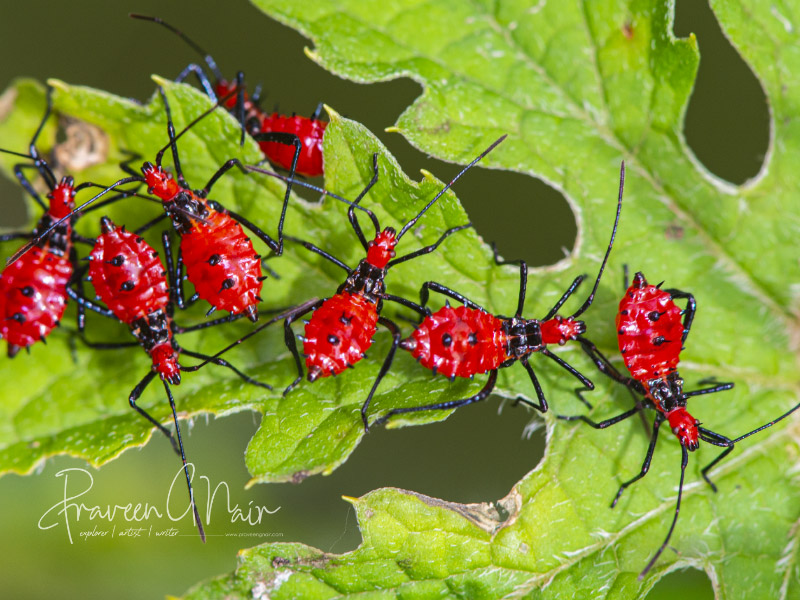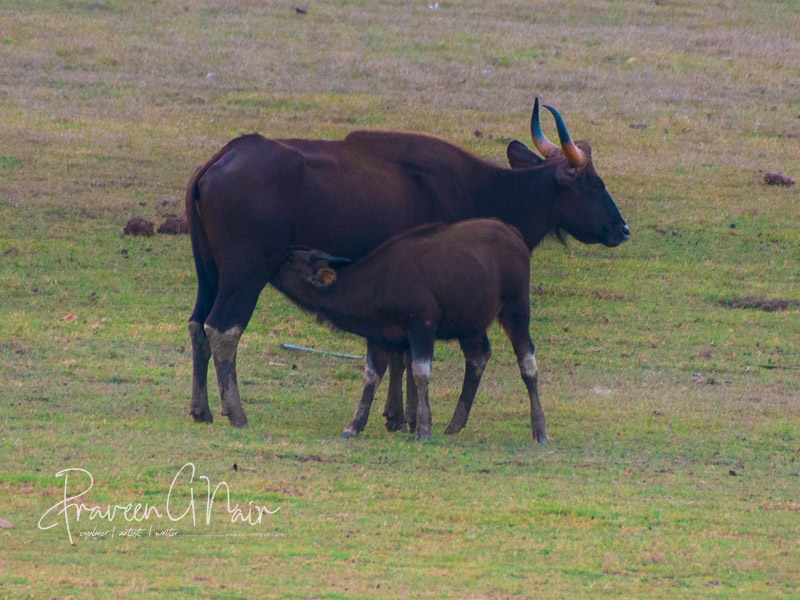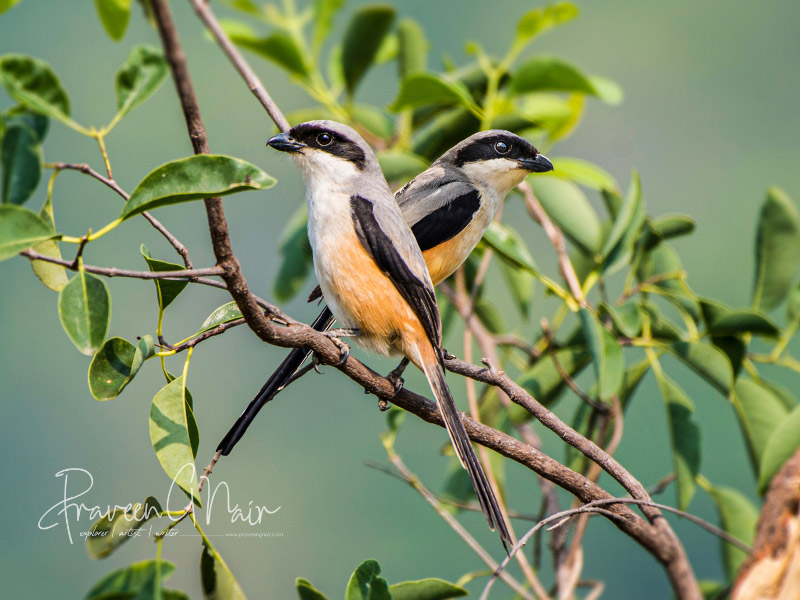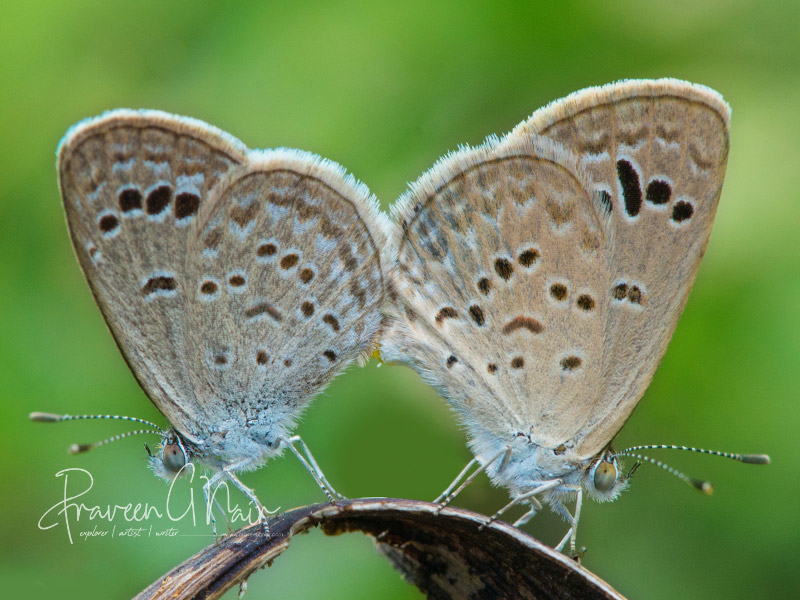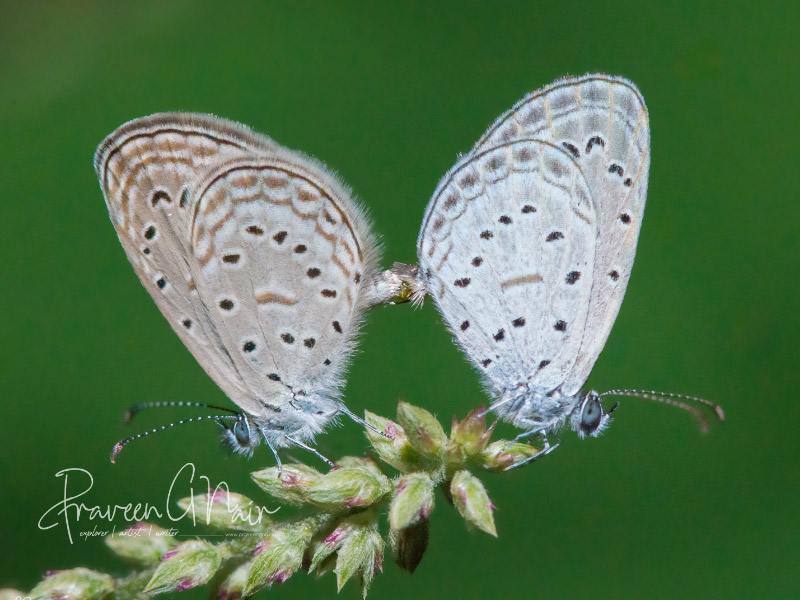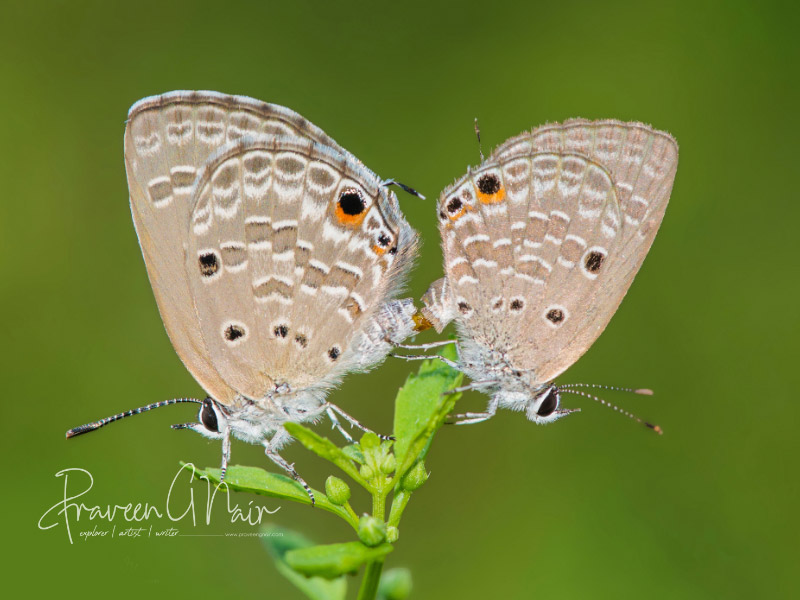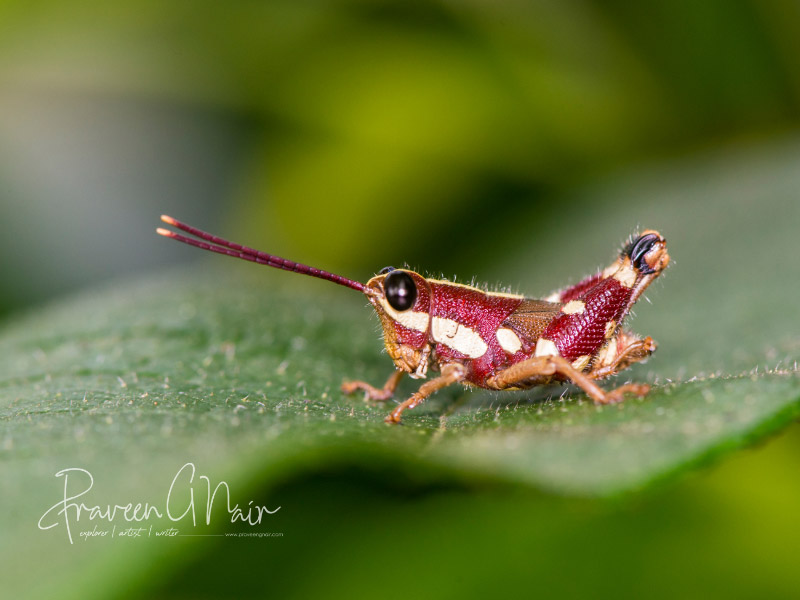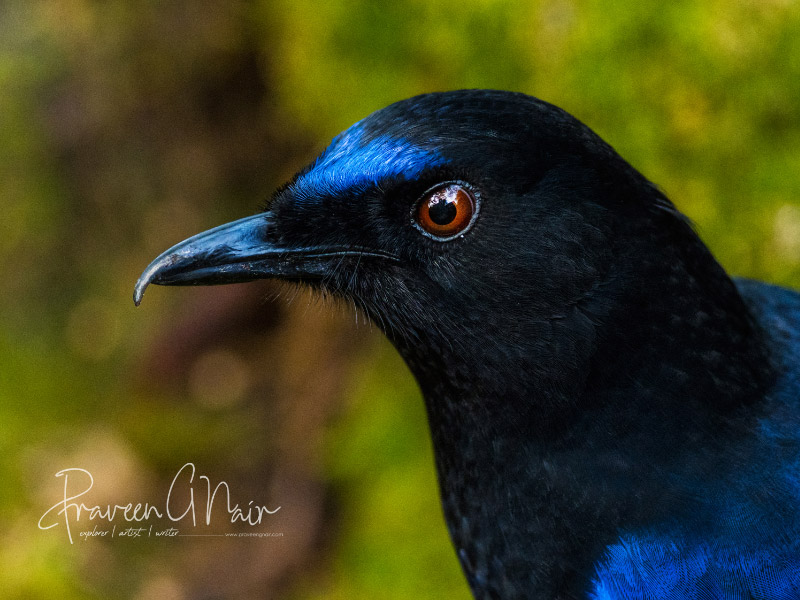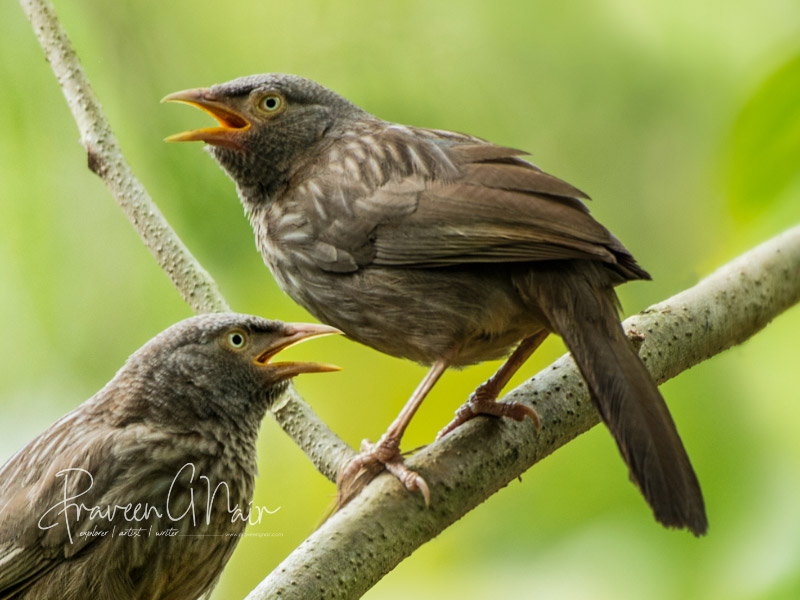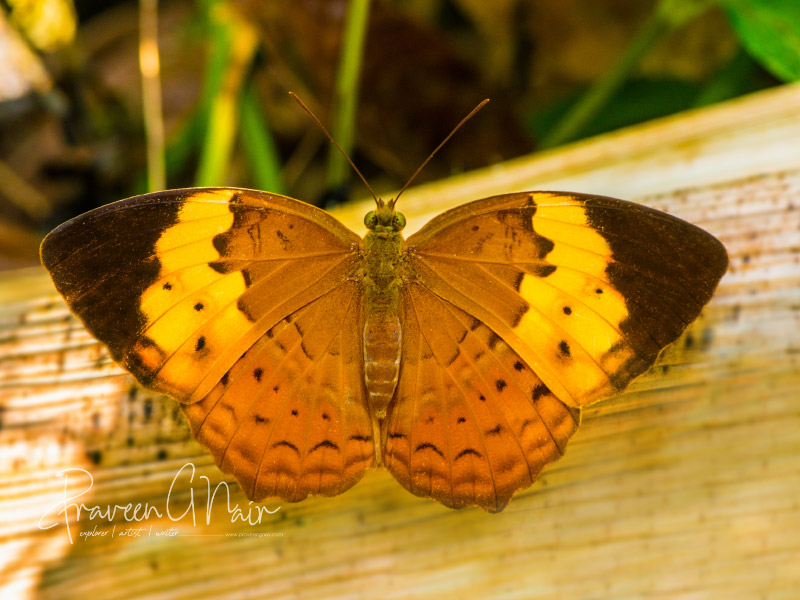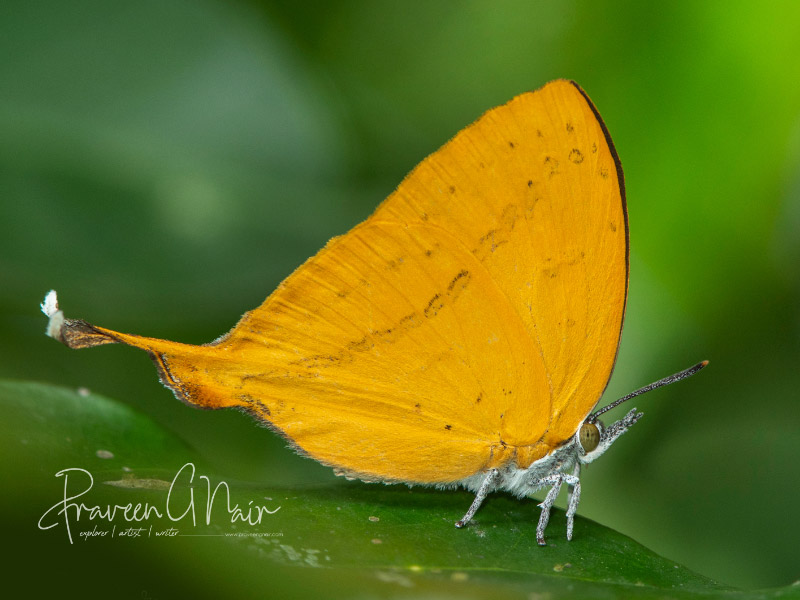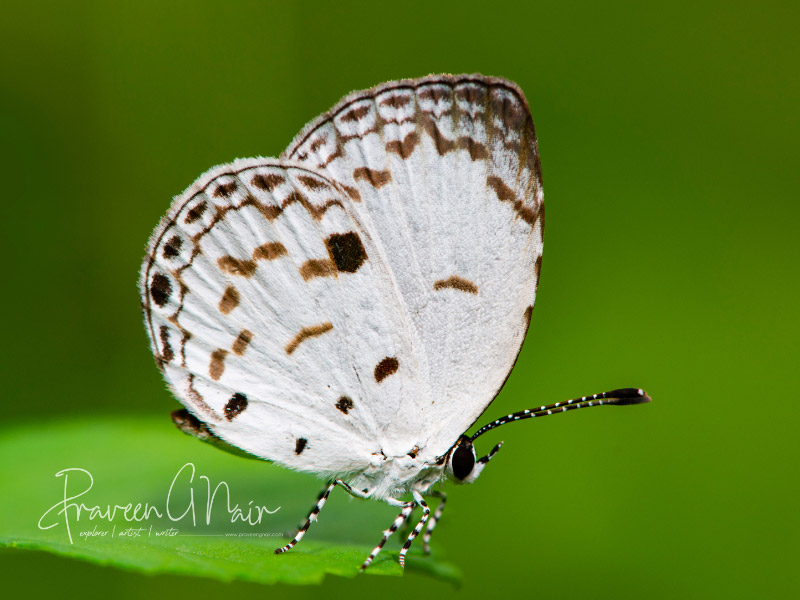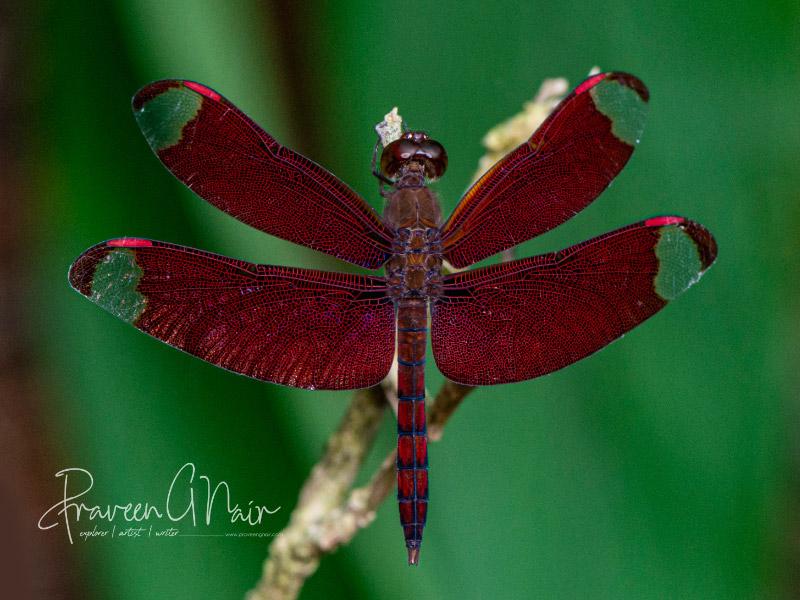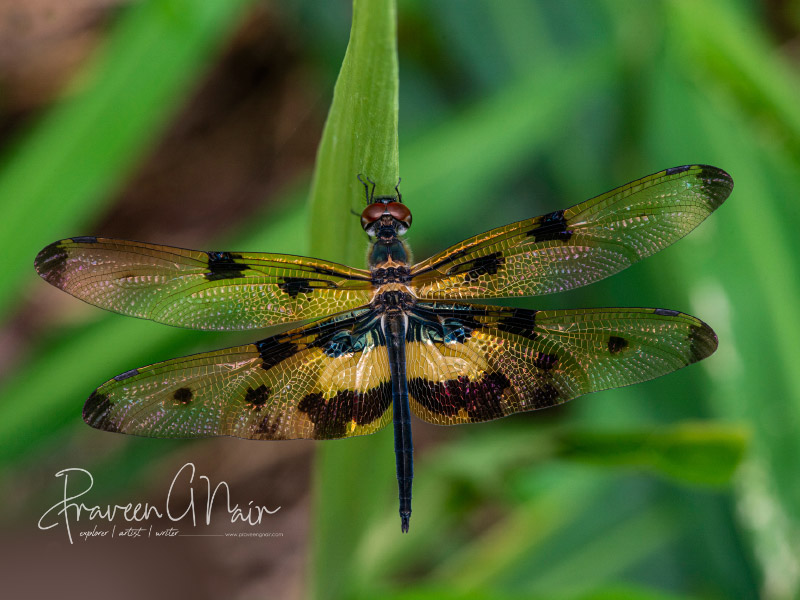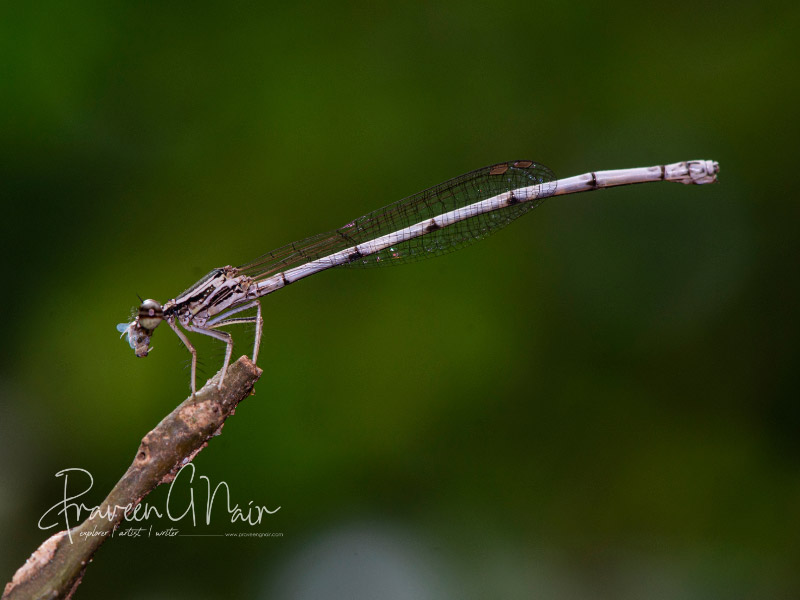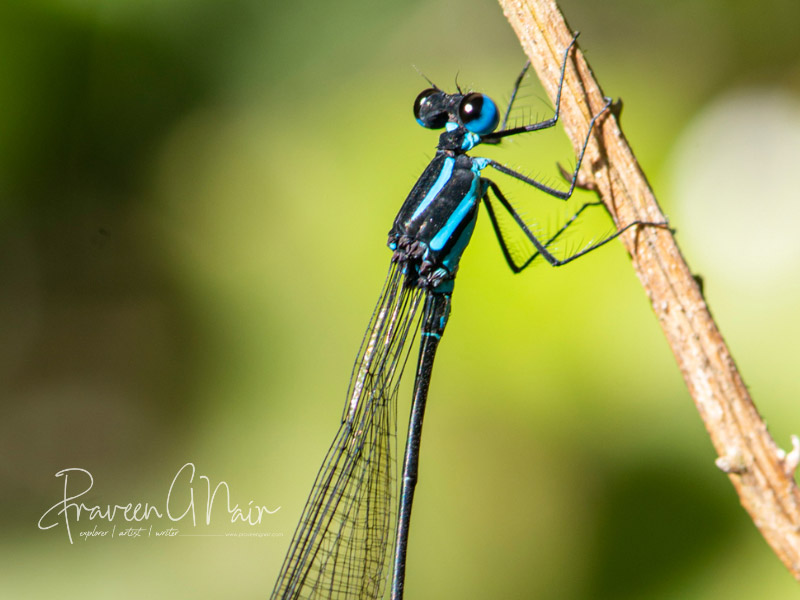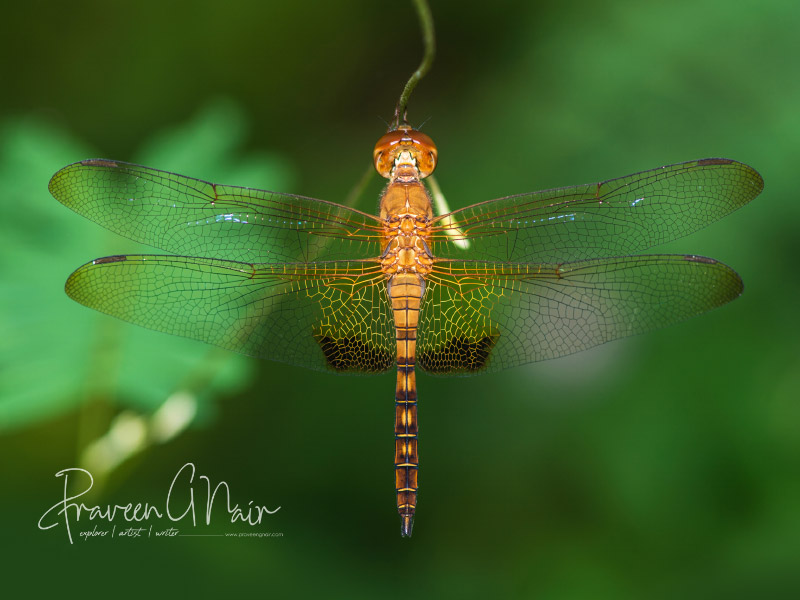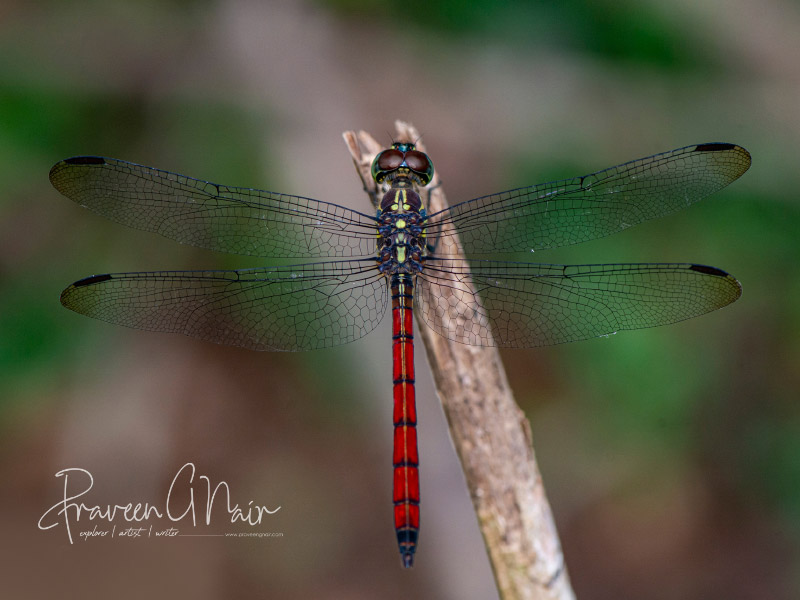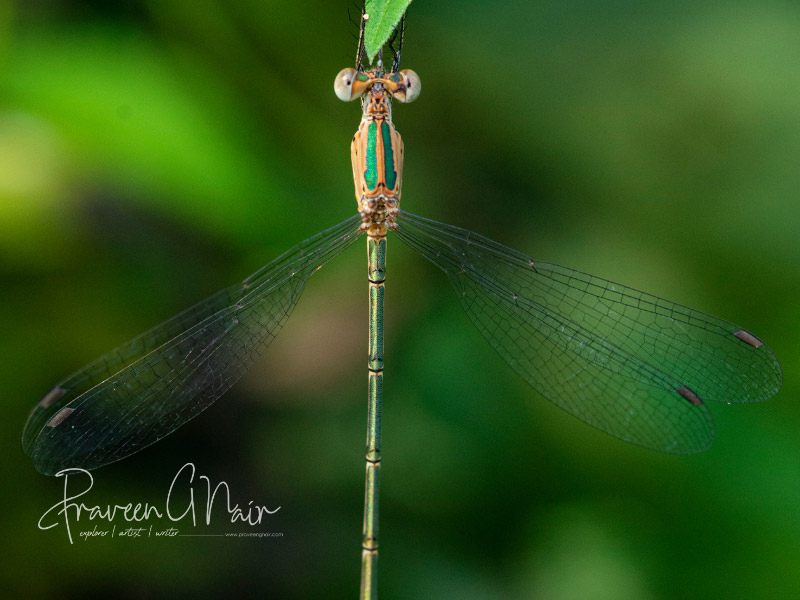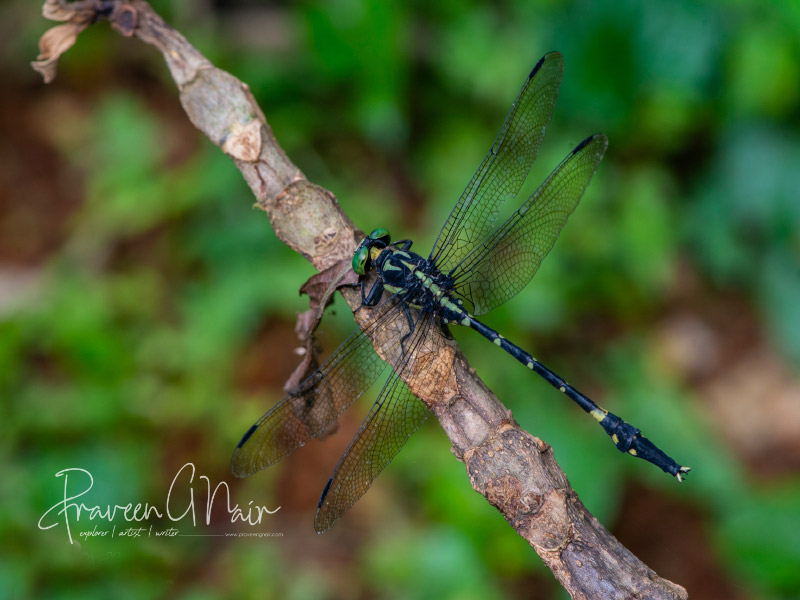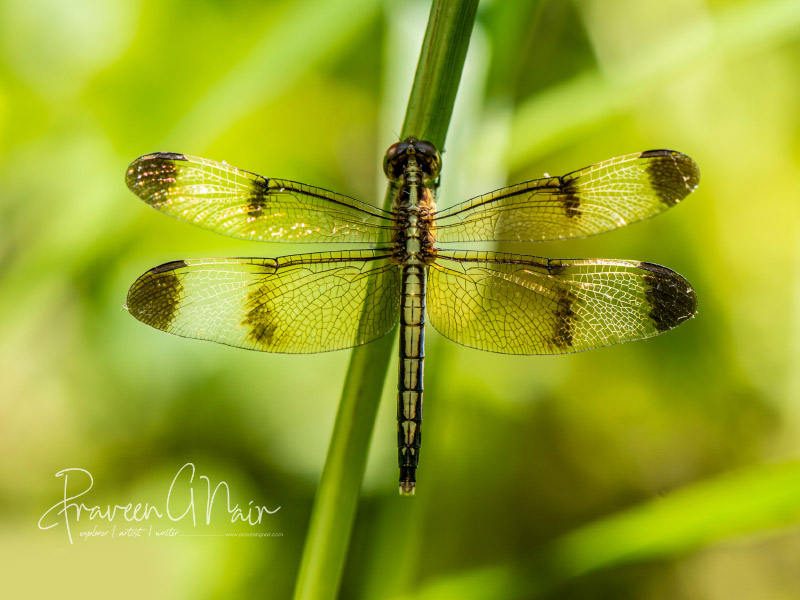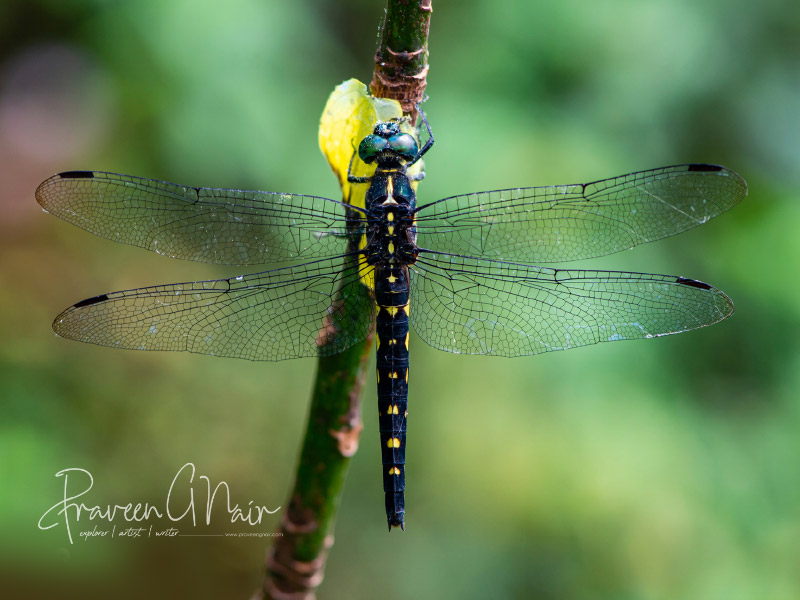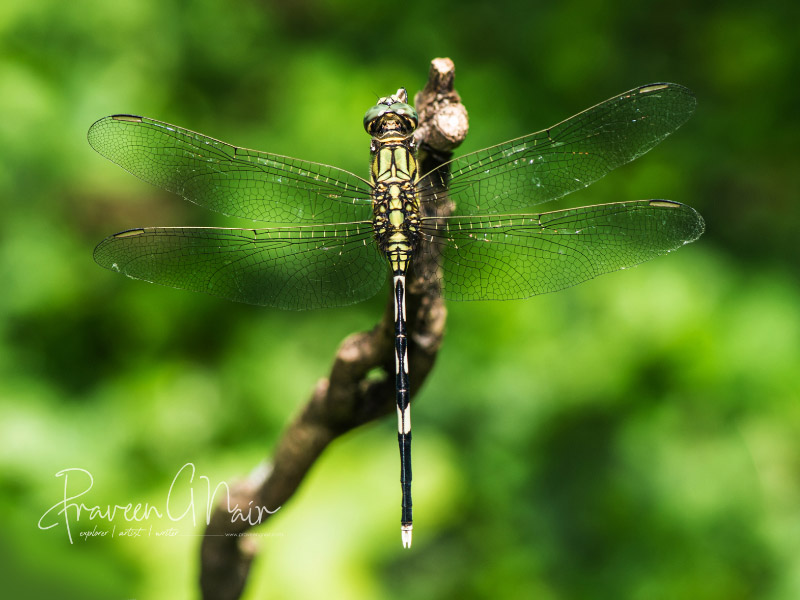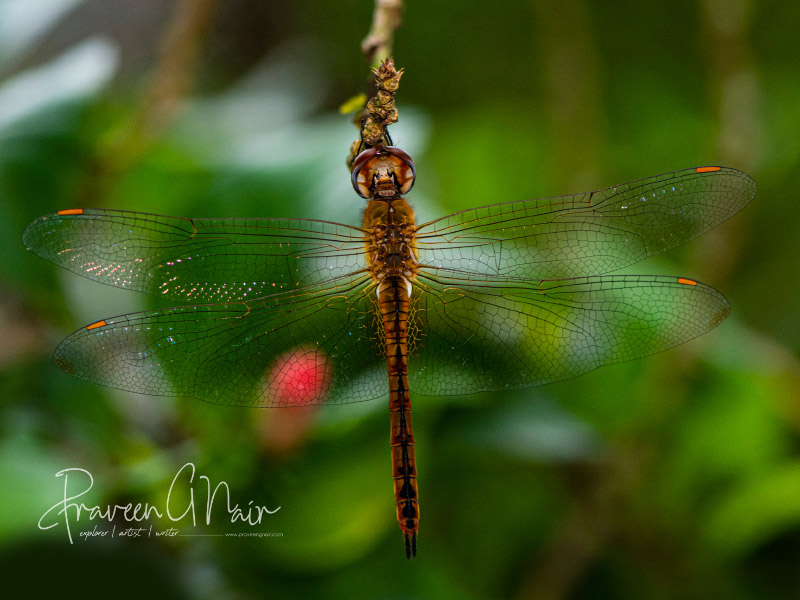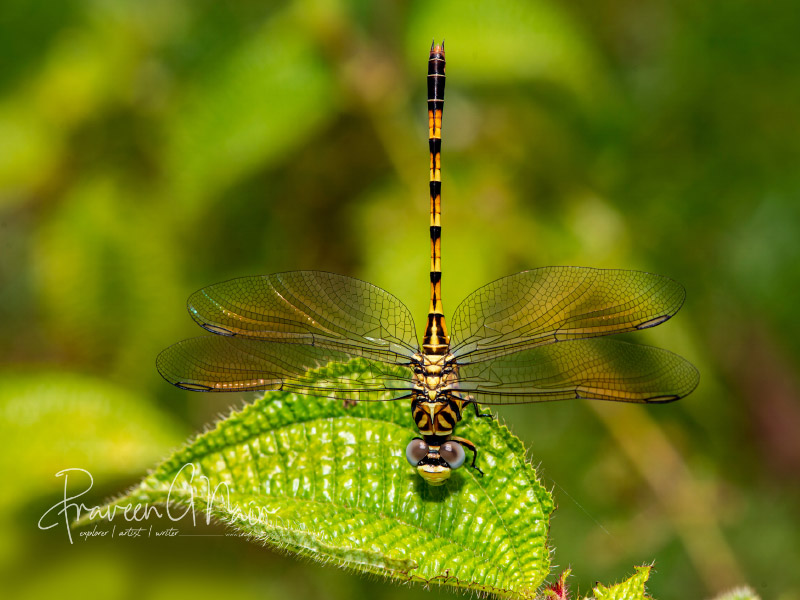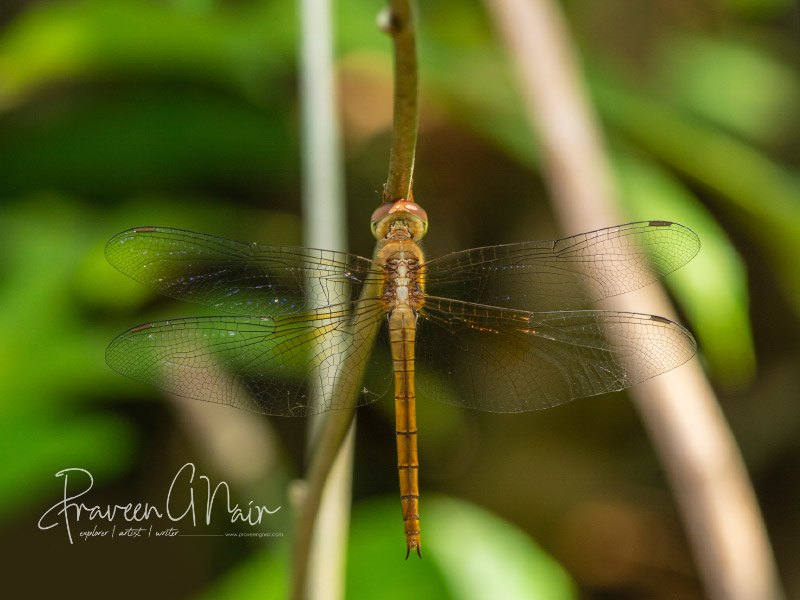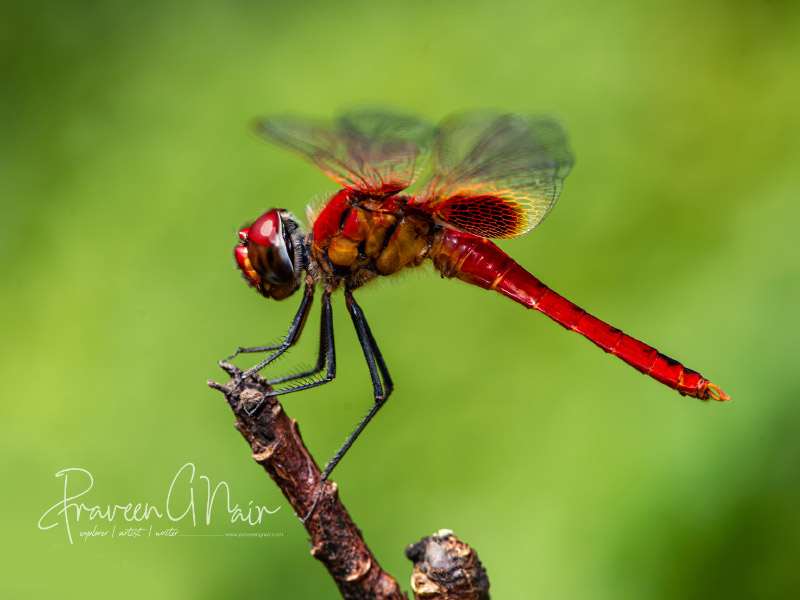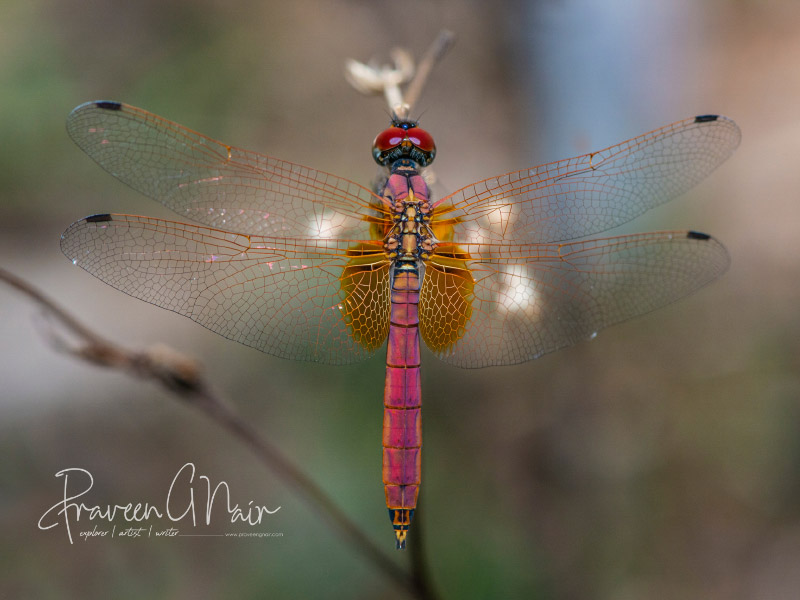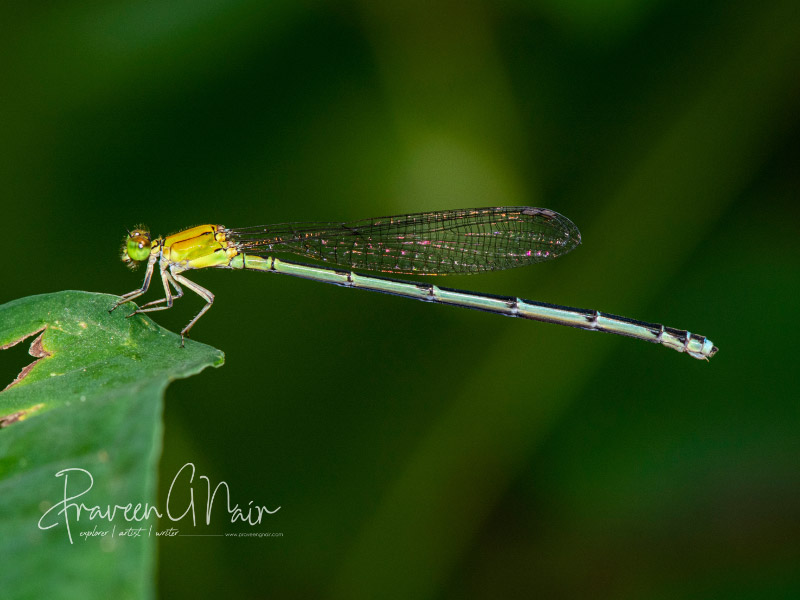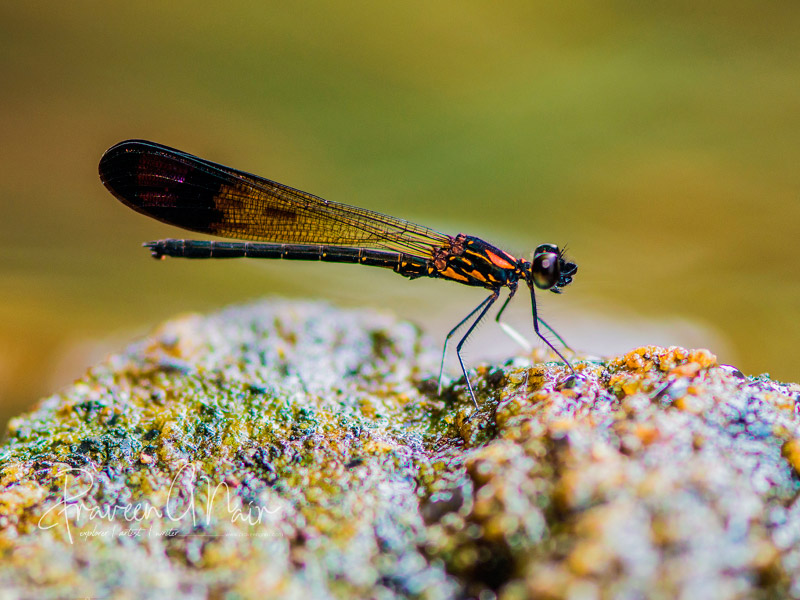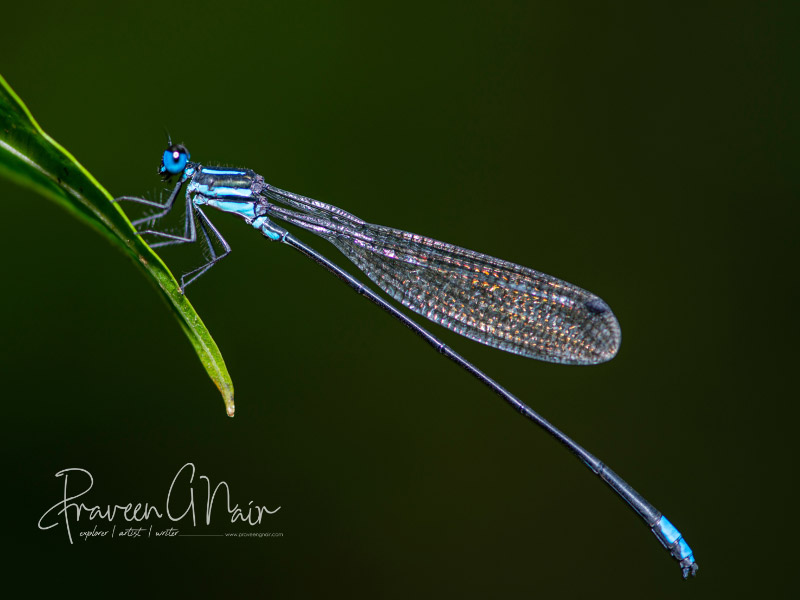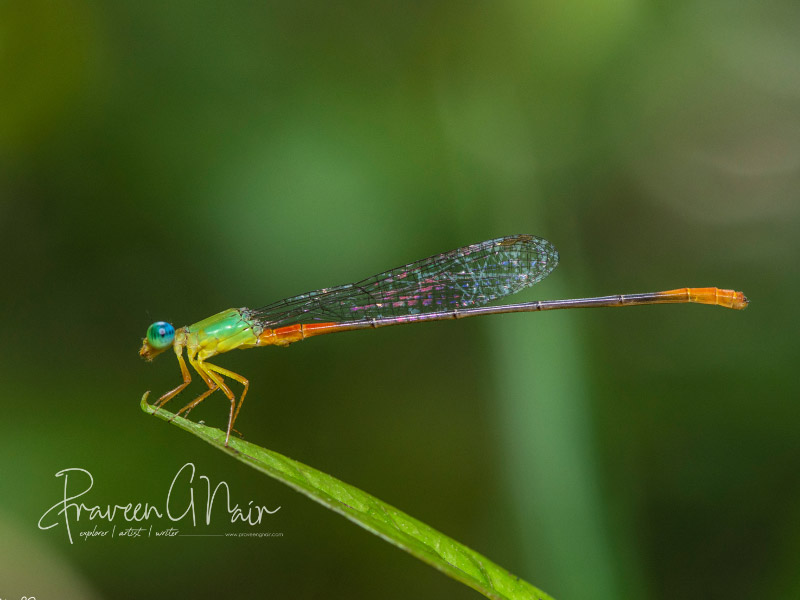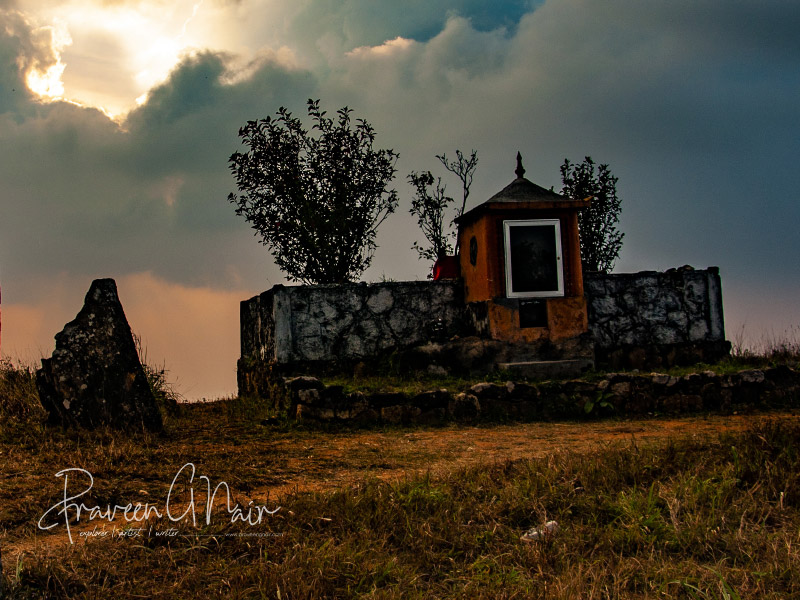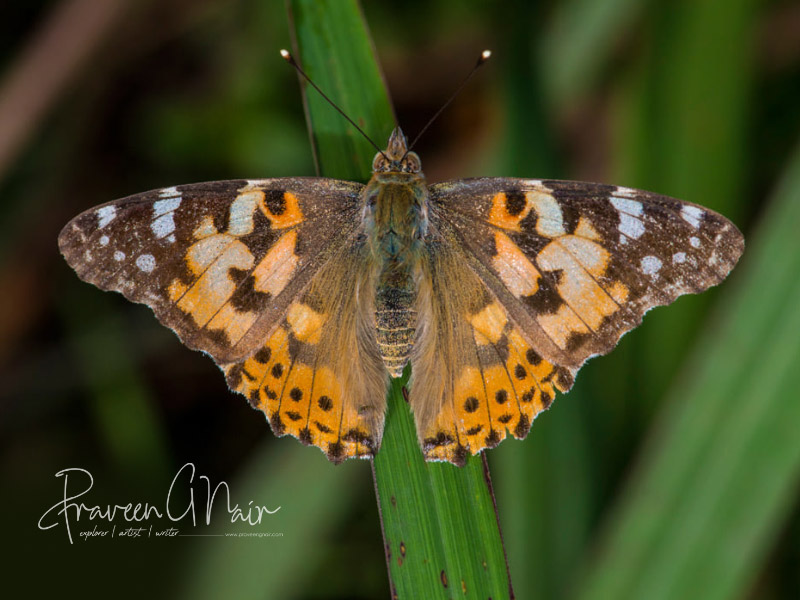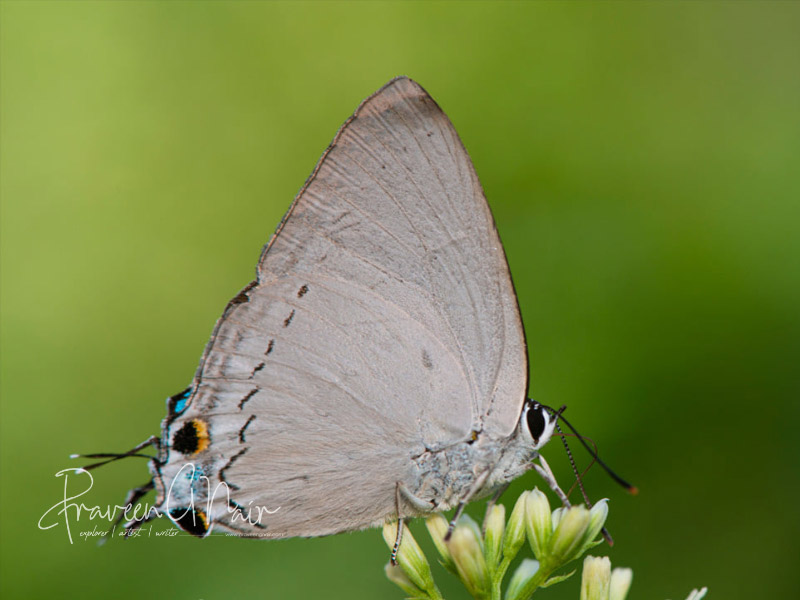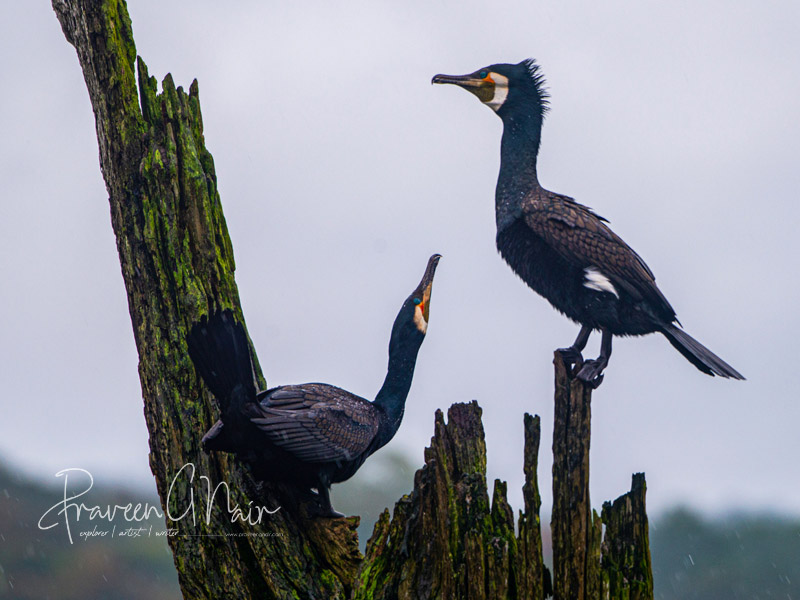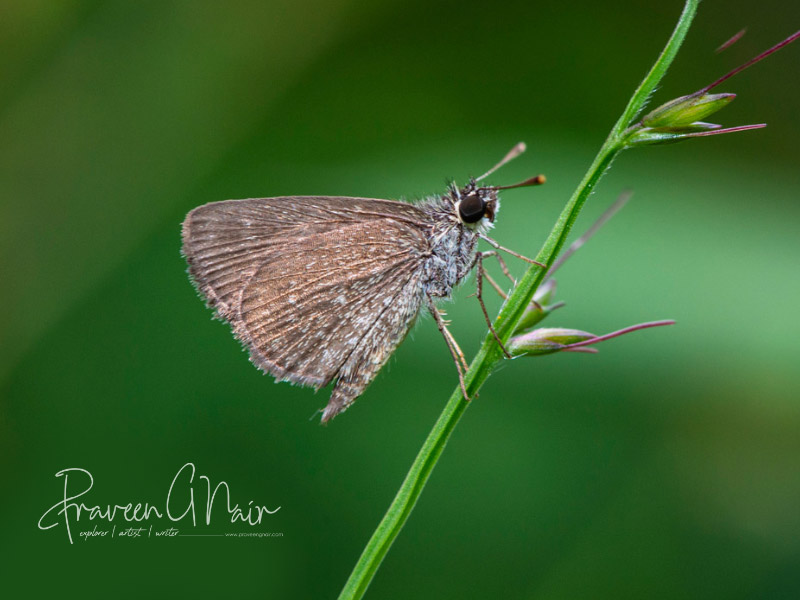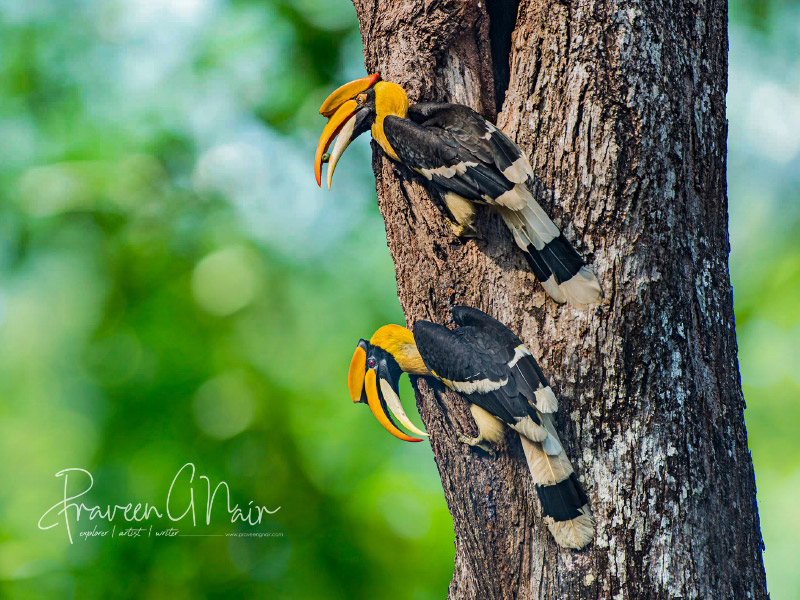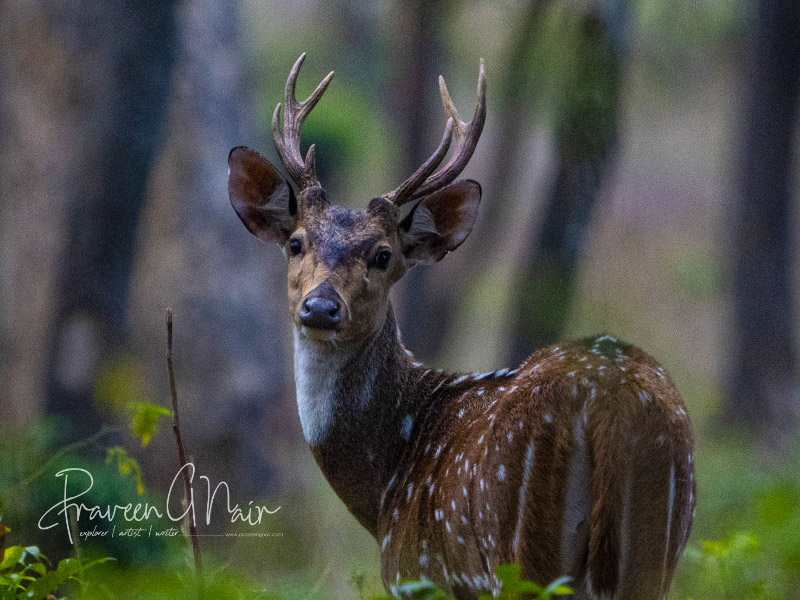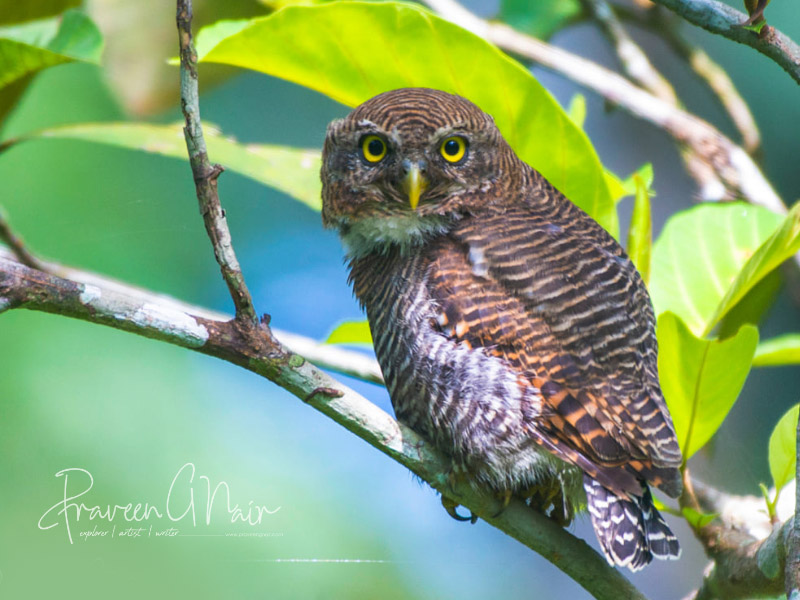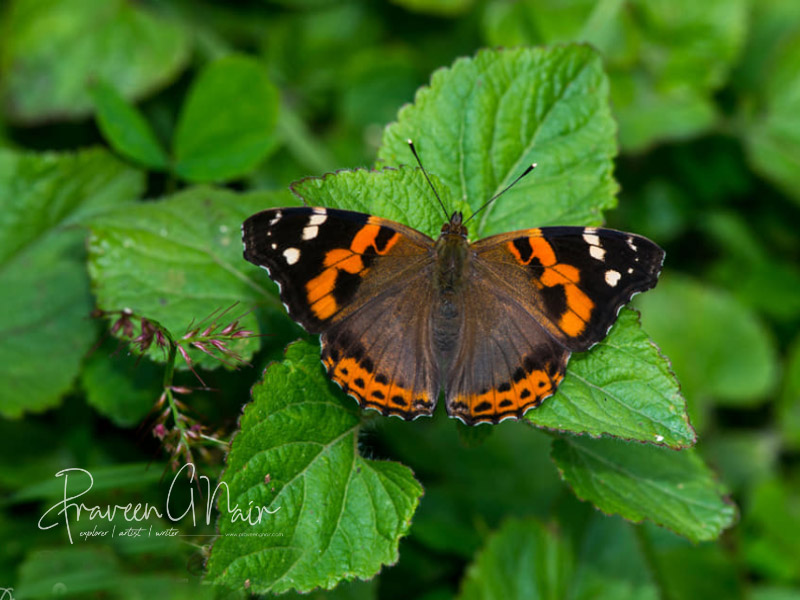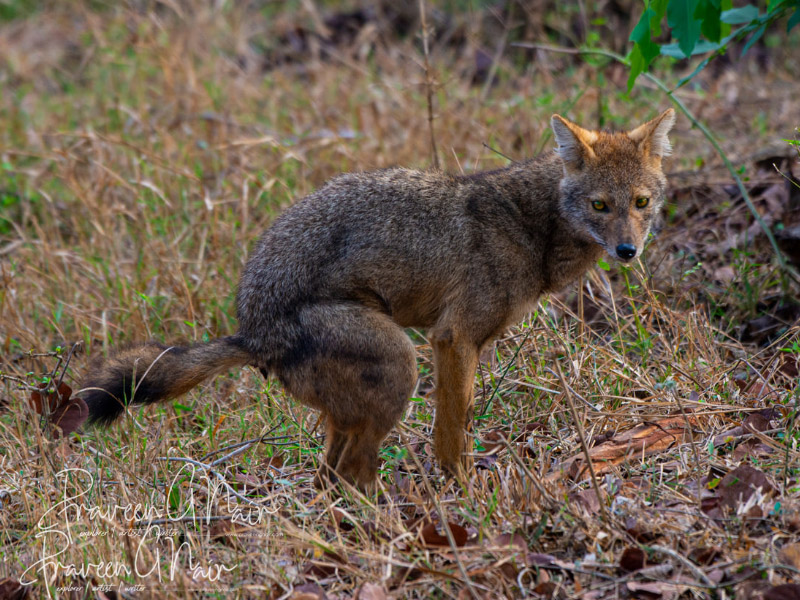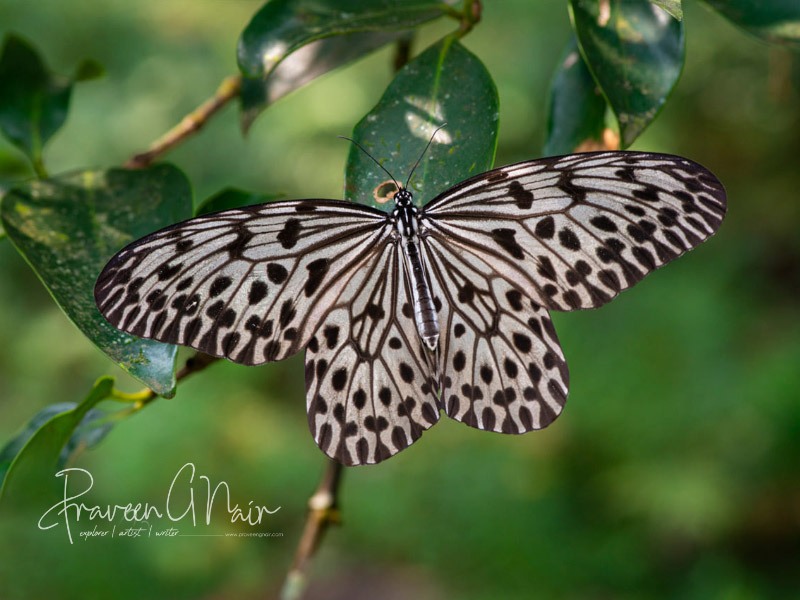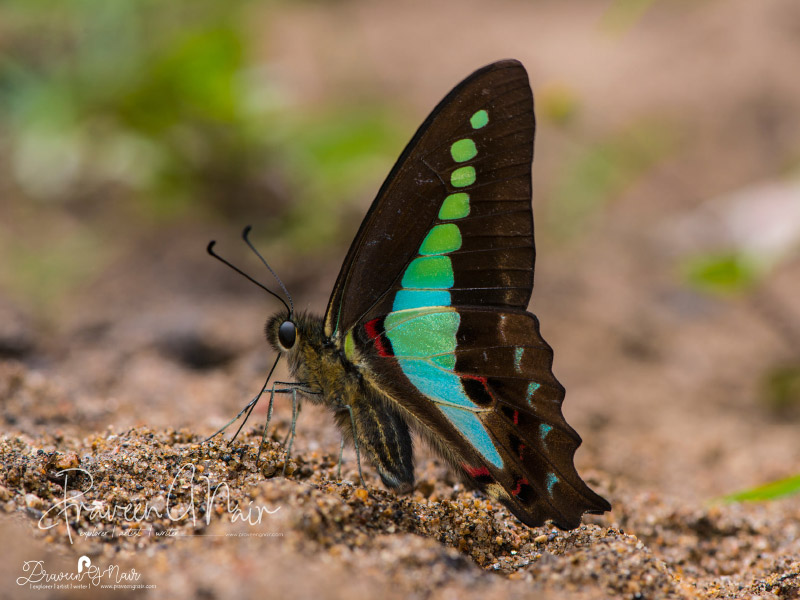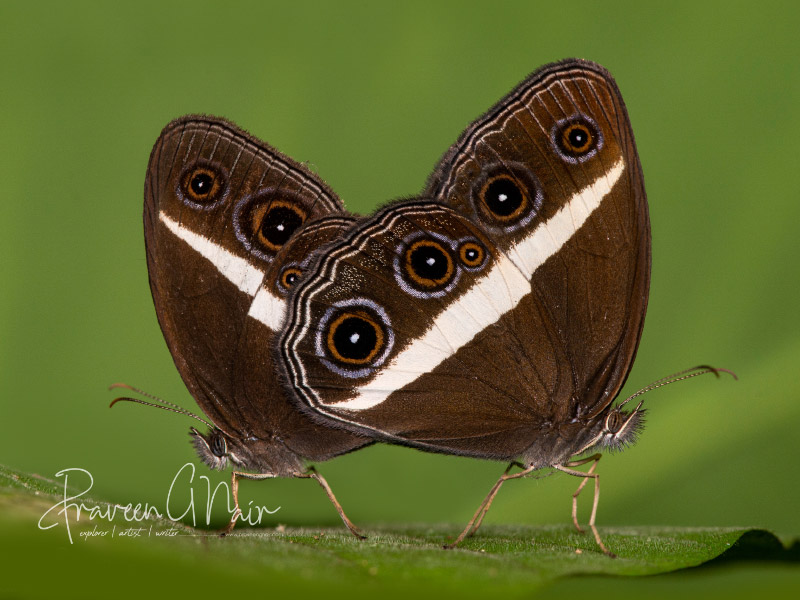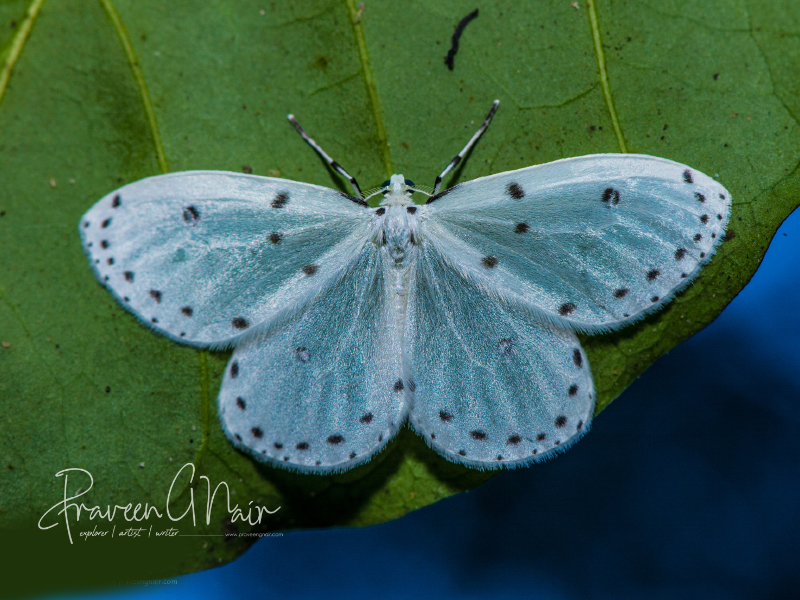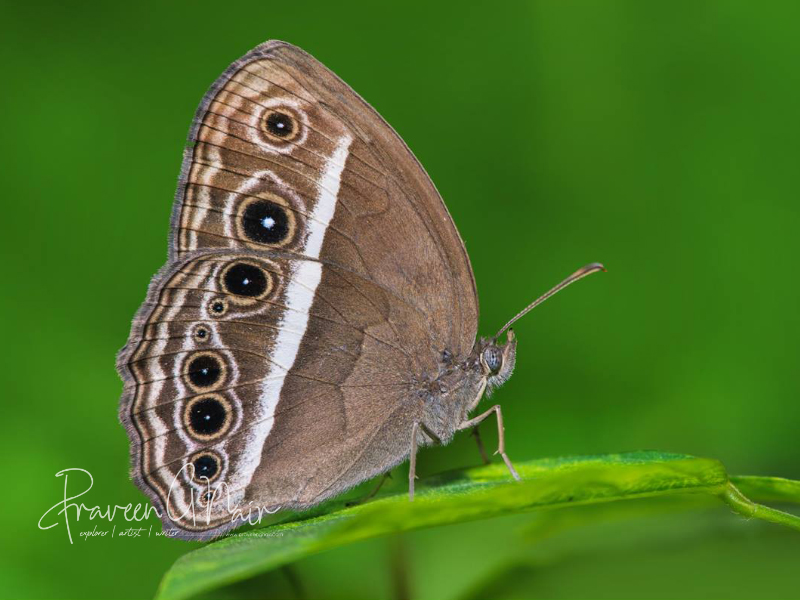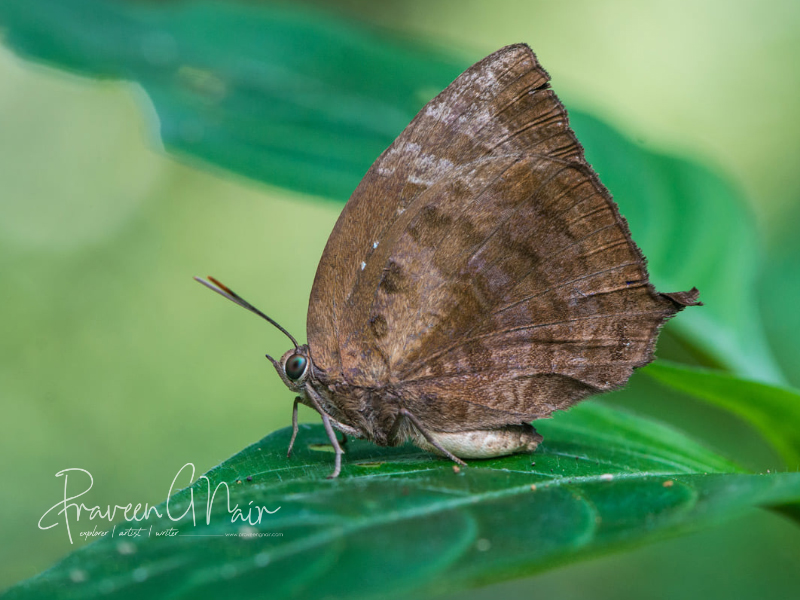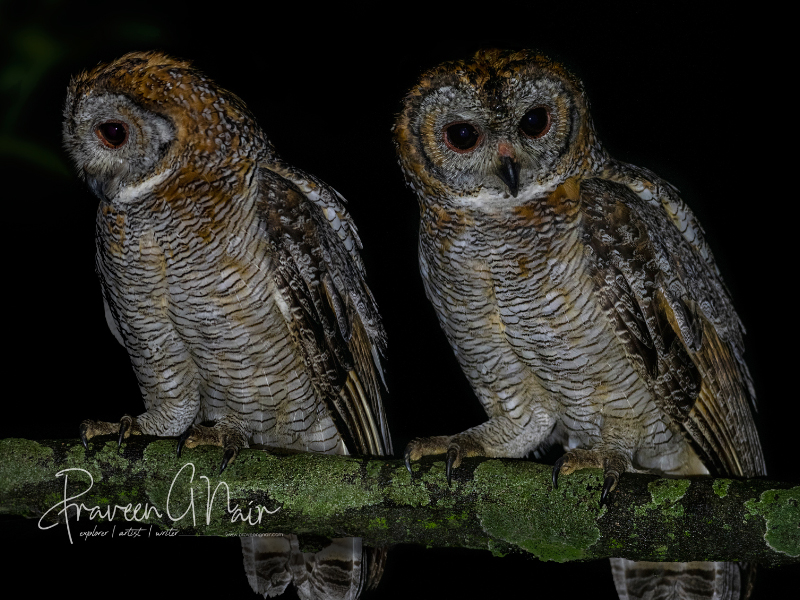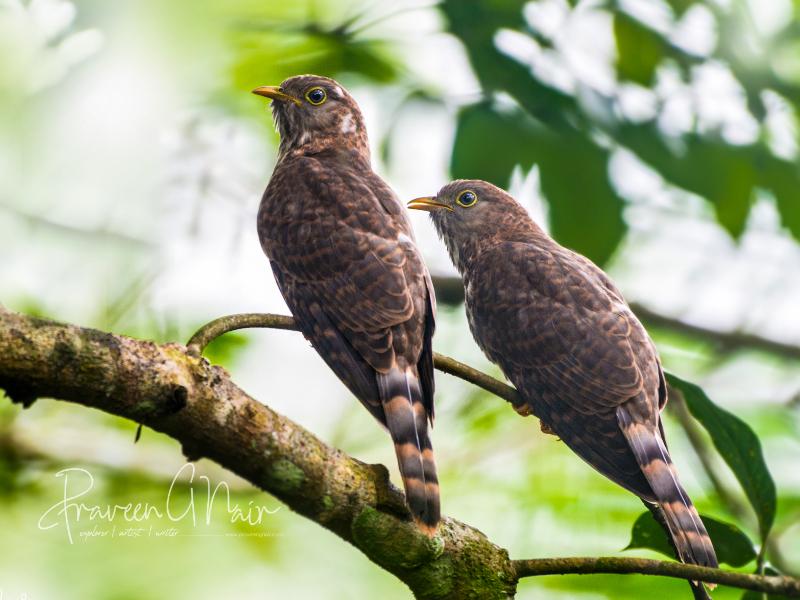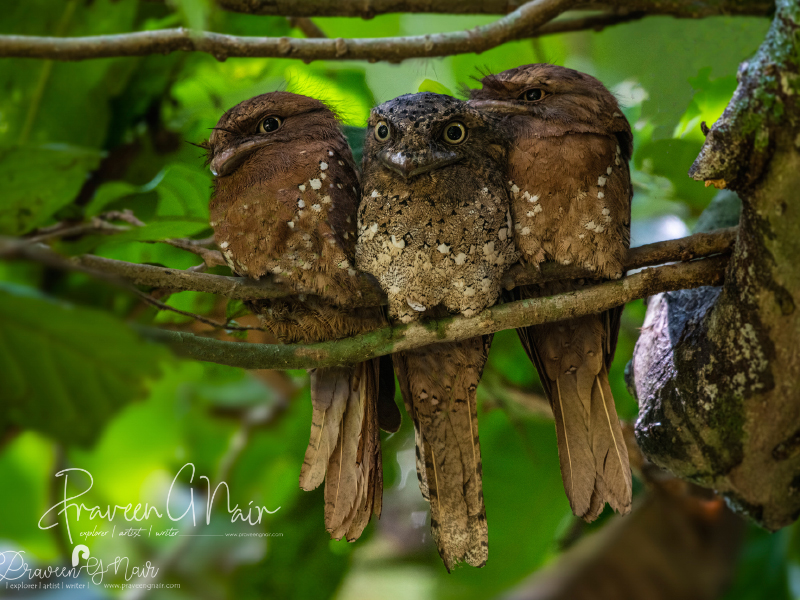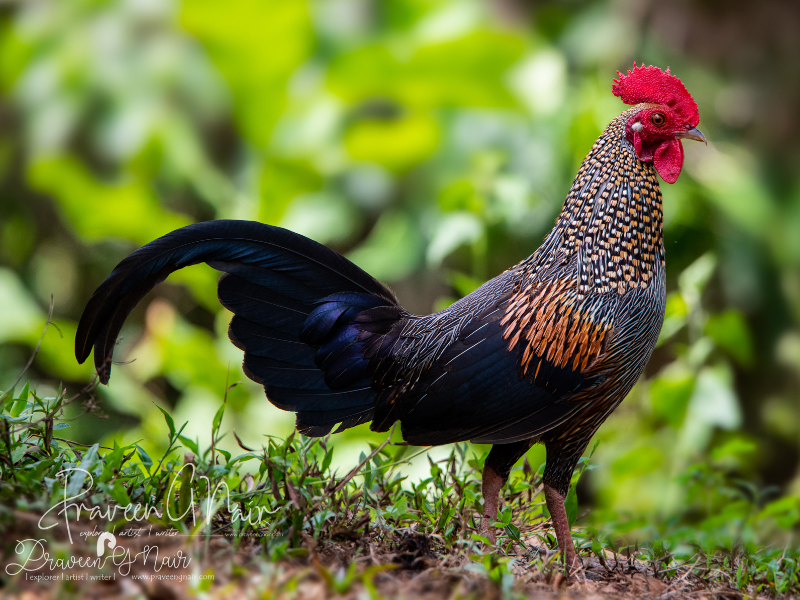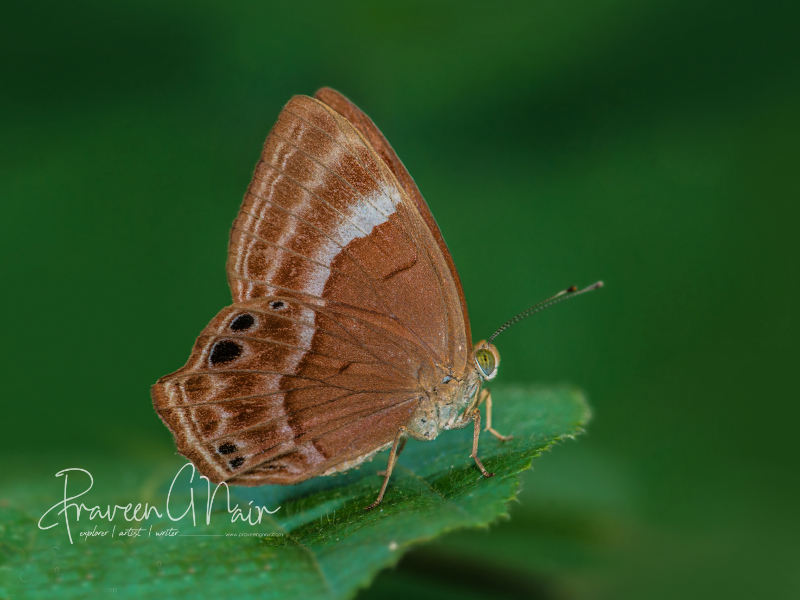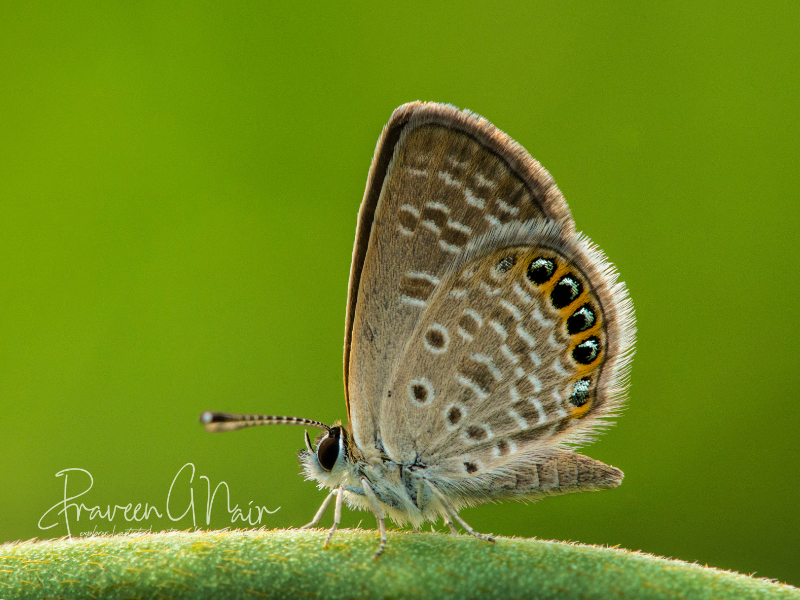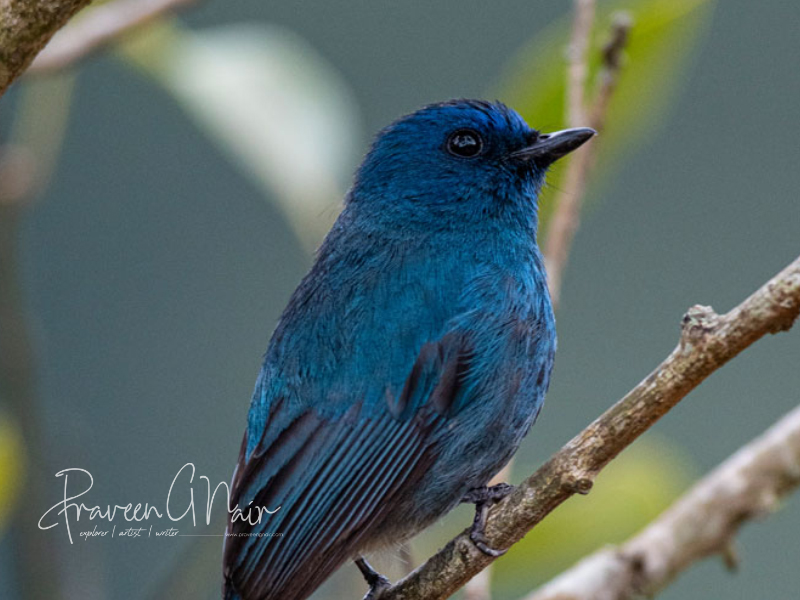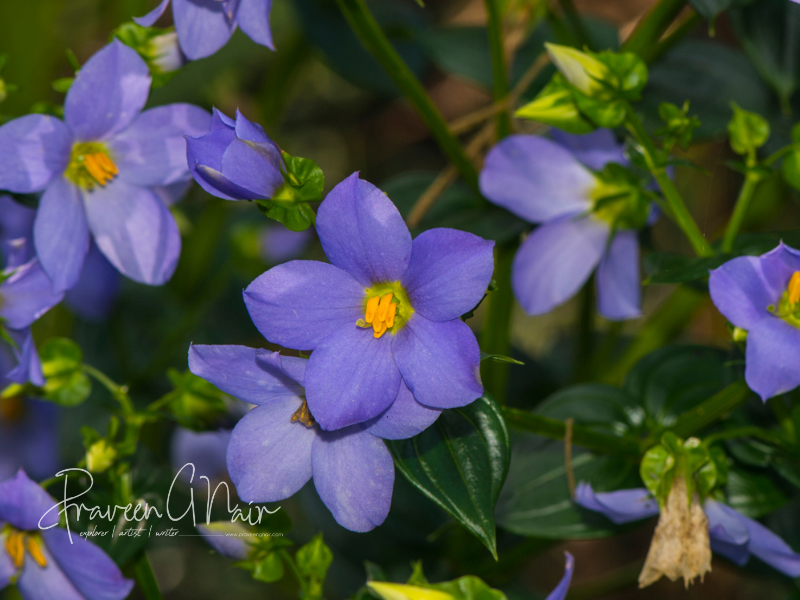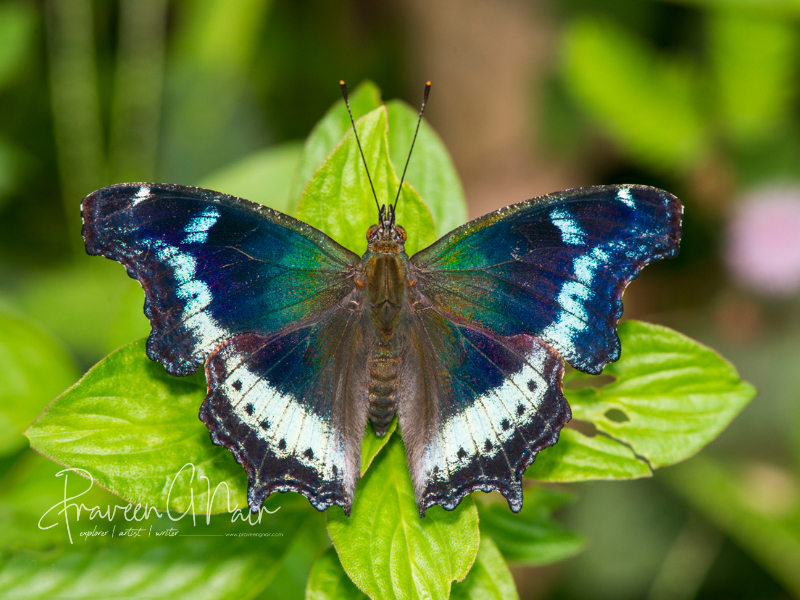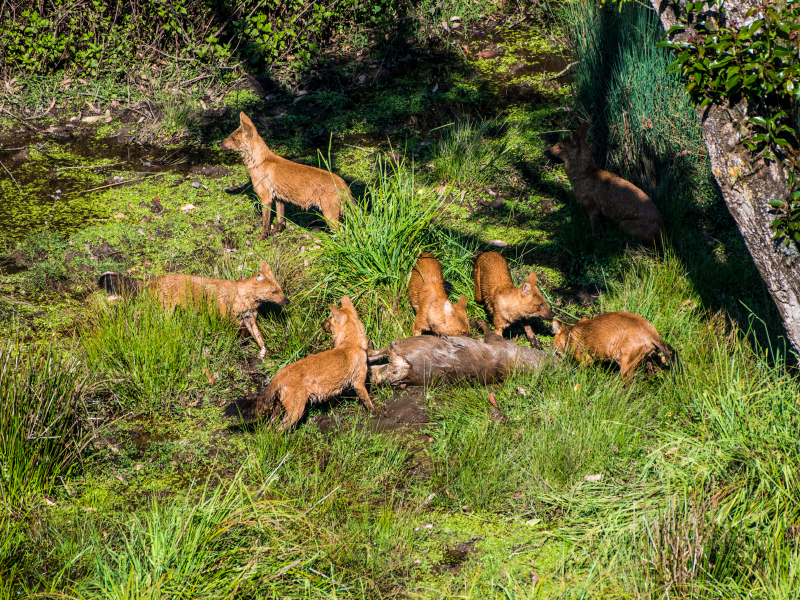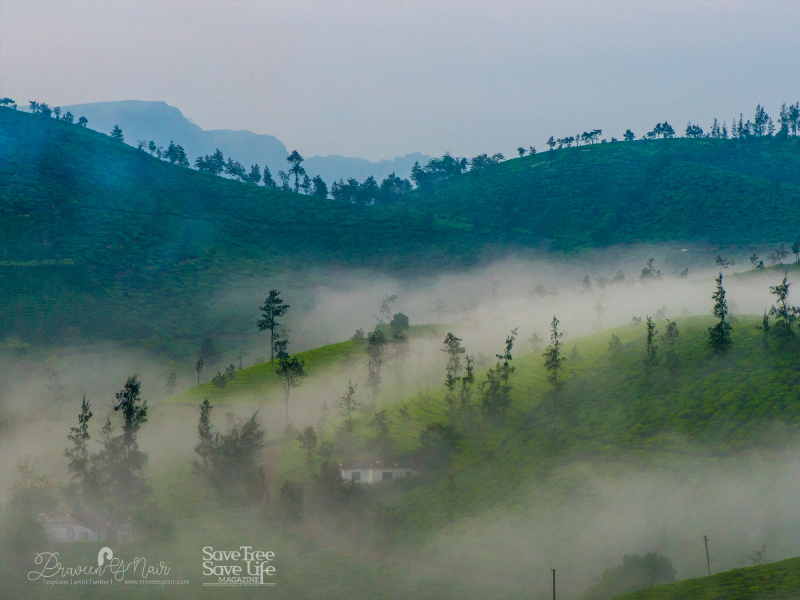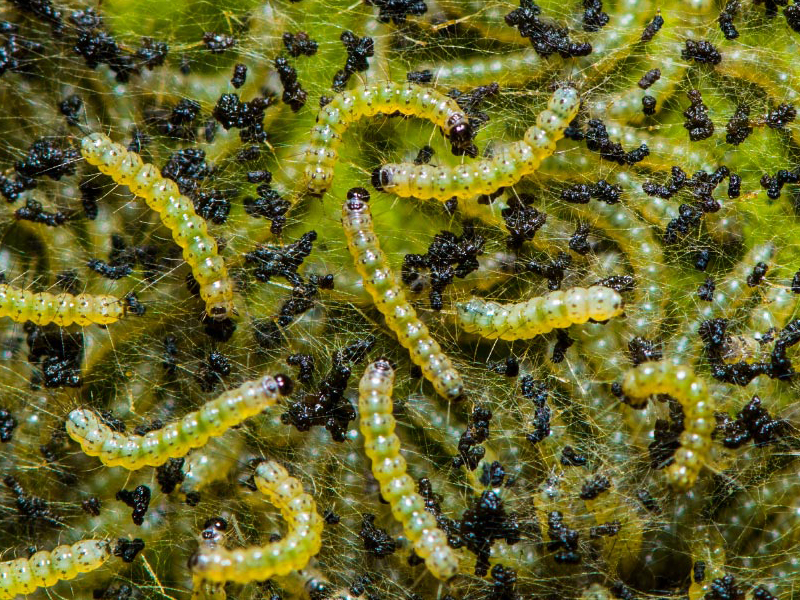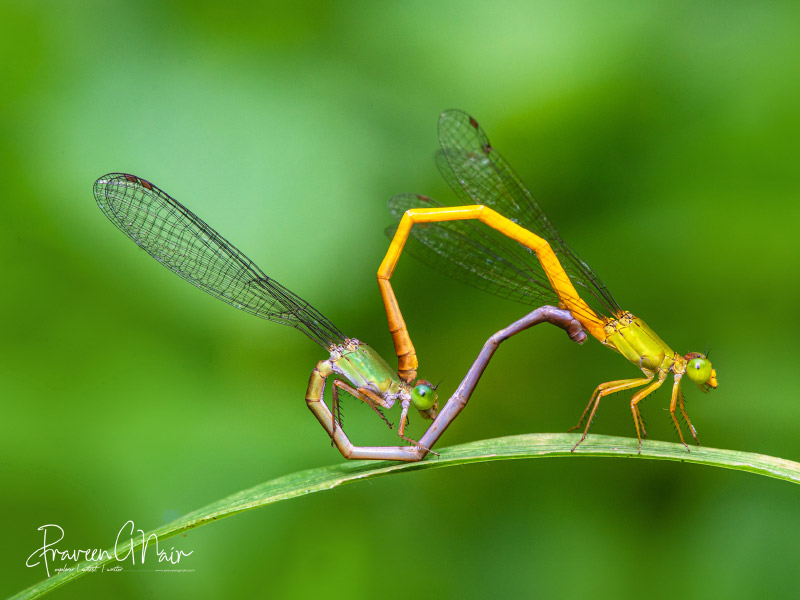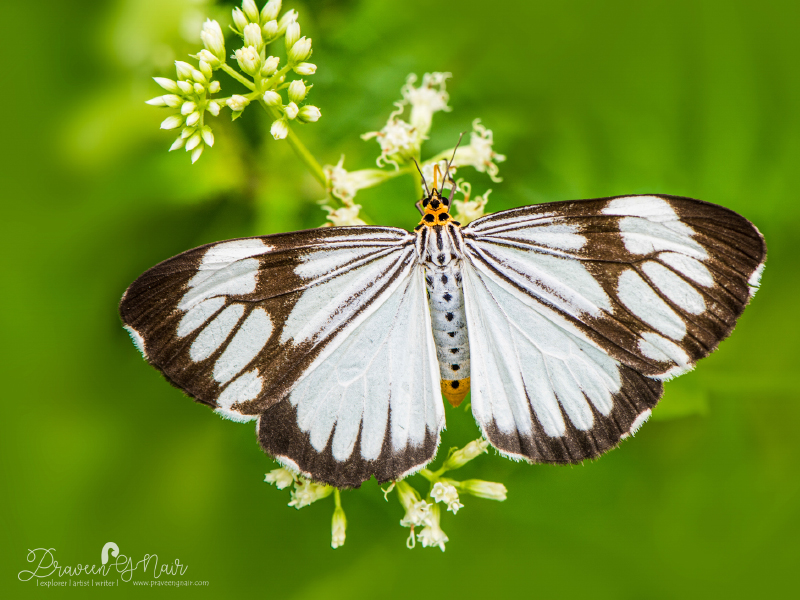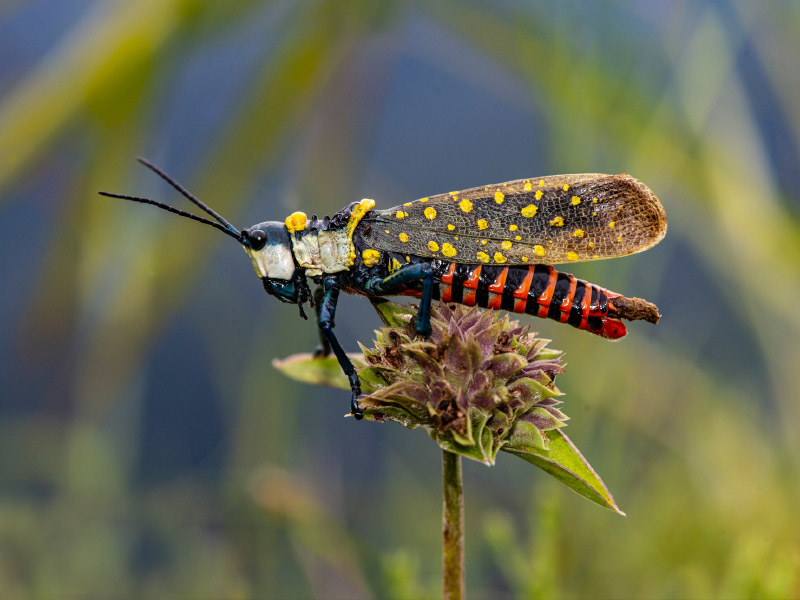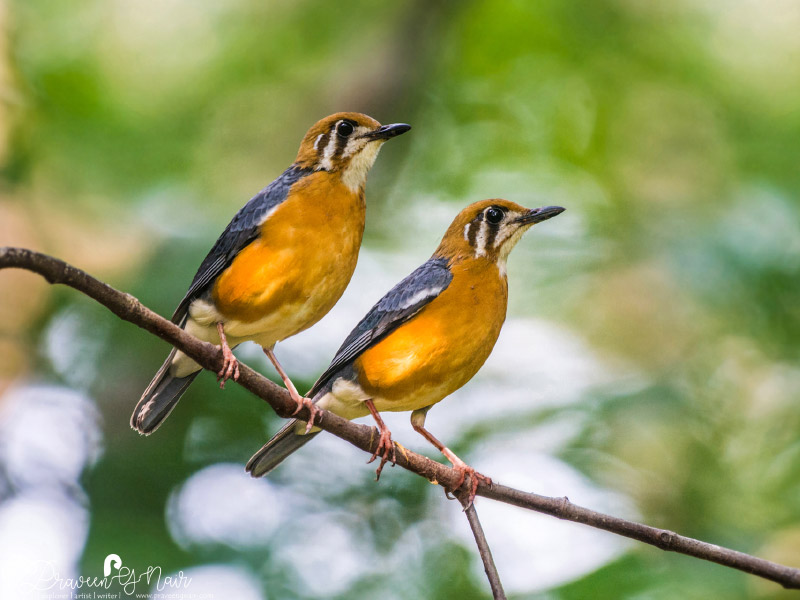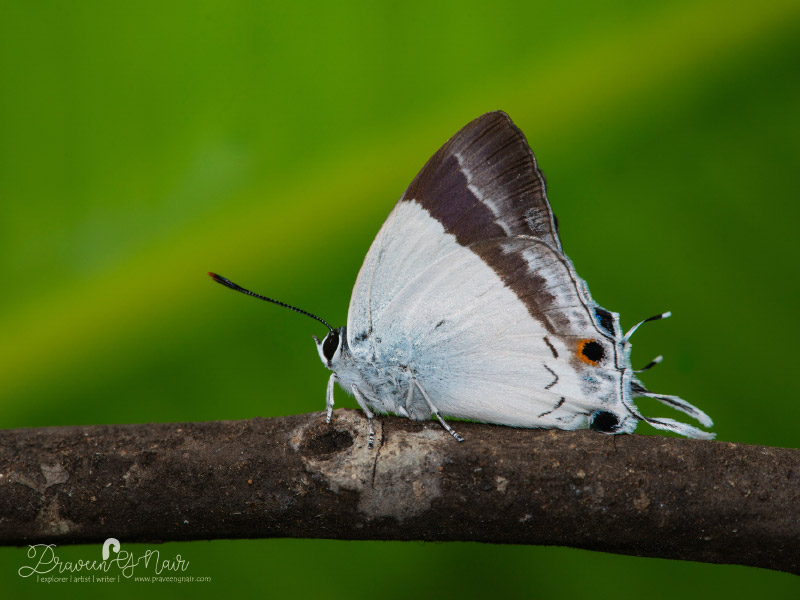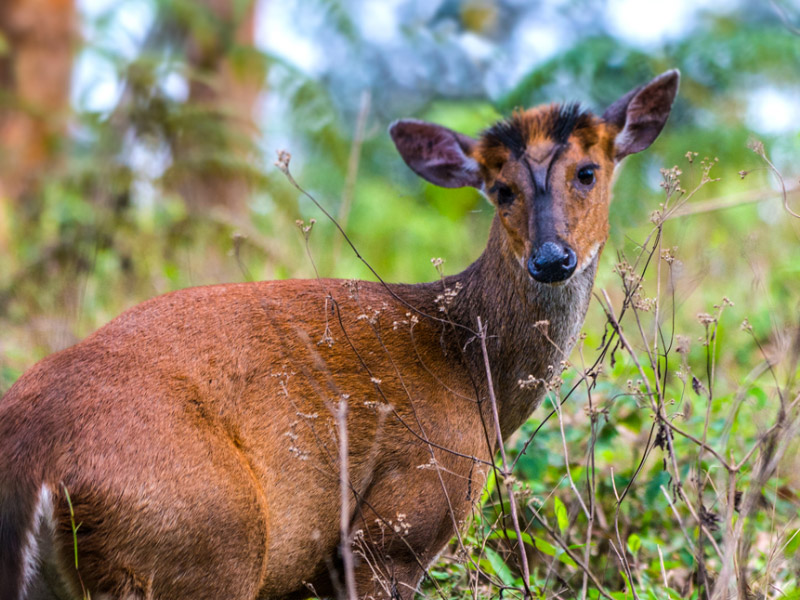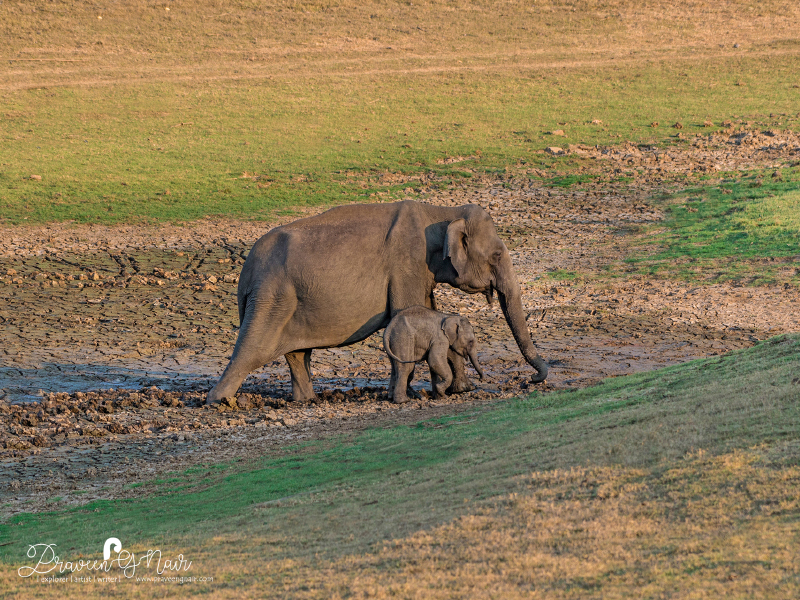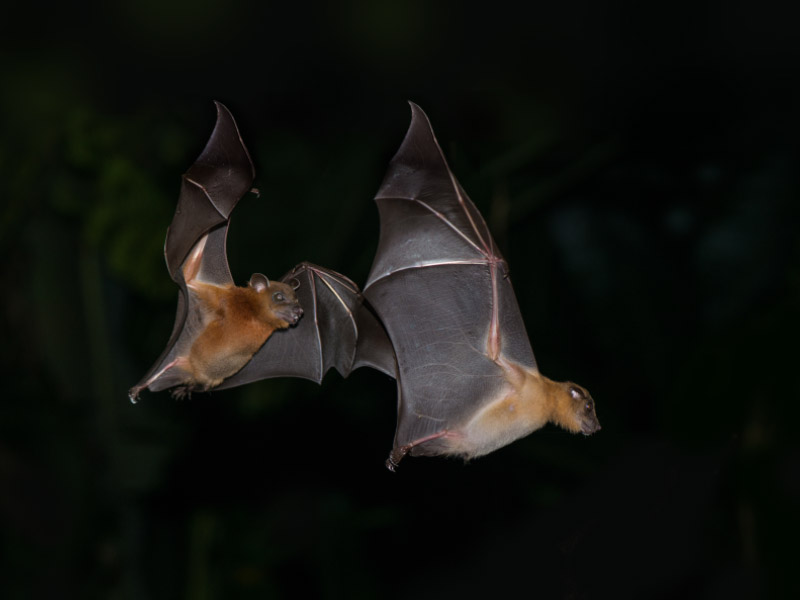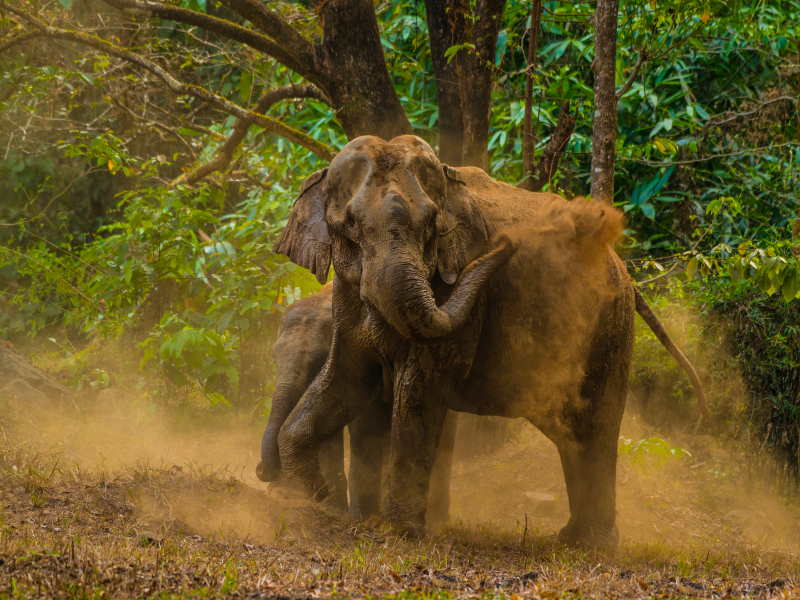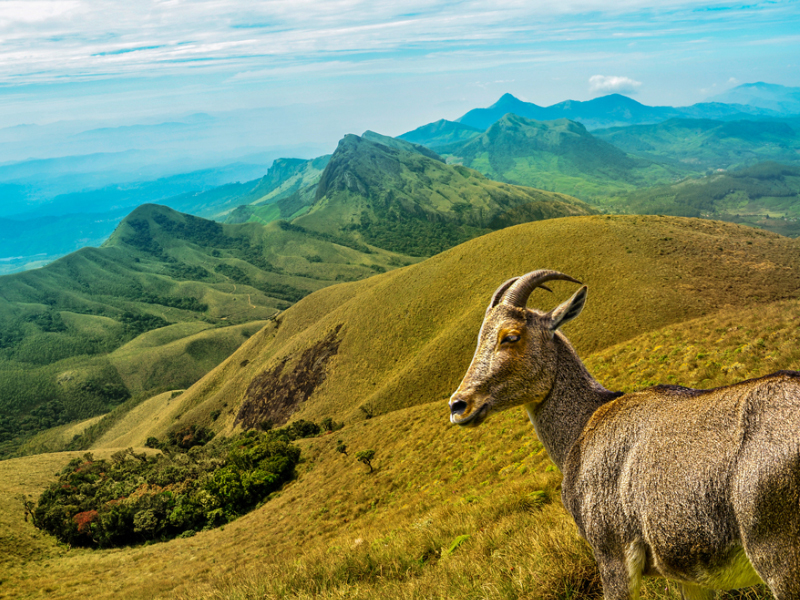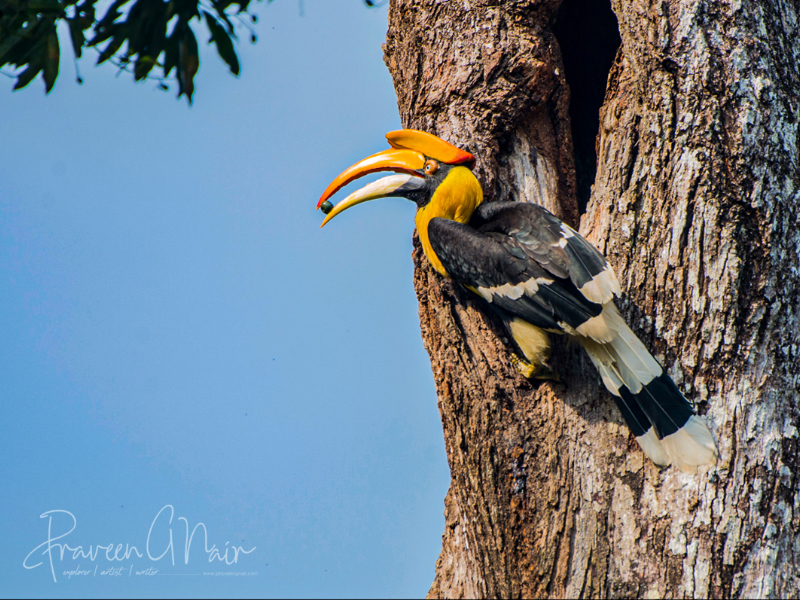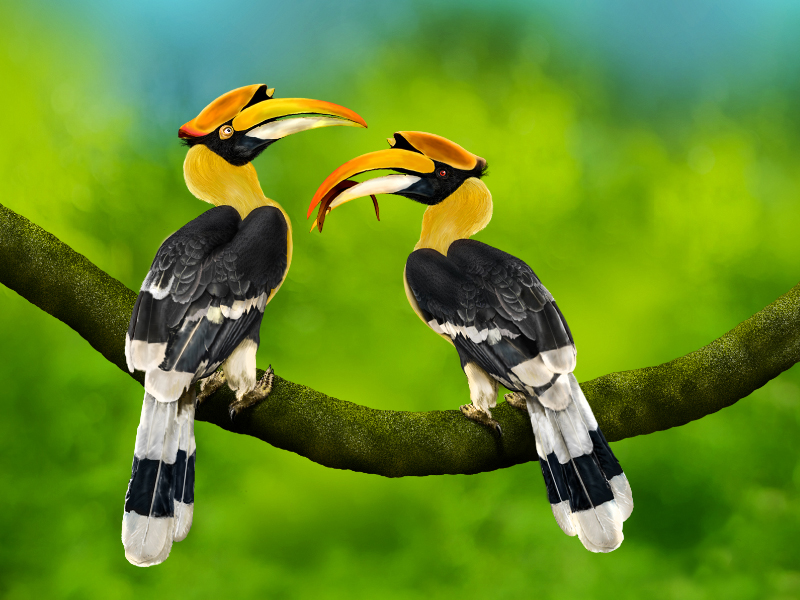
News, Aricles, New Uploads and
Travel & Photograpny Tips

- Code: Moth Life
- Skills: Moth of India
Project Description
The geometer moths, also known as the Geometridae, belong to the insect order Lepidoptera, which includes both moths and butterflies. Their name originates from Ancient Greek: “geo” (derived from “γῆ” or “γαῖα,” meaning “the earth”) and “metron” (meaning “measure”). This name reflects the distinctive way their larvae, commonly known as inchworms, appear to measure the earth as they move in a looping fashion.
Here are some fascinating facts about geometer moths:
-
Diverse Family: The Geometridae family is vast, with approximately 23,000 described species. North America alone hosts over 1,400 indigenous species across six subfamilies.
-
Inchworm Locomotion: Geometer moth caterpillars lack the full complement of prolegs seen in other caterpillars. Instead of the usual five pairs, they have only two or three pairs at the posterior end. Equipped with appendages at both ends of their bodies, these inchworms create the impression of measuring their journey as they clasp and move in a looping gait. They are also called “loopers” or “spanworms” due to this characteristic movement.
-
Camouflage and Behavior: Geometer caterpillars tend to be green, grey, or brownish, blending into their surroundings to avoid predators. When disturbed, they often stand erect and motionless on their prolegs, further resembling twigs. Some species have humps, filaments, or cover themselves in plant material. Their gregarious nature and smooth appearance contribute to their survival.
-
Diet Diversity: Geometer caterpillars exhibit diverse feeding habits. While some eat lichen, flowers, or pollen, others, like the Hawaiian species of the genus Eupithecia, are carnivorous. Certain destructive inchworm species are referred to as "cankerworms".
-
Historical Discovery: In 2019, German scientists discovered the first geometrid caterpillar preserved in Baltic amber. Described as Eogeometer vadens, it measured about 5 mm (0.20 in) and dated back approximately 44 million years to the Eocene epoch. This finding provides valuable insights into the evolutionary history of this moth family.
Similar Images
Latest
Blog Posts

Bhogeshwara, also known as Mr. Kabini
Bhogeshwara, also known as Mr. Kabini, was a remarkable wild elephant in Asia. The ..

Meesapulimala Expedition
Meesapulimala is located in between the Anaimalai Hills and Palani Hills near Suryanelli around 20 km away ..



